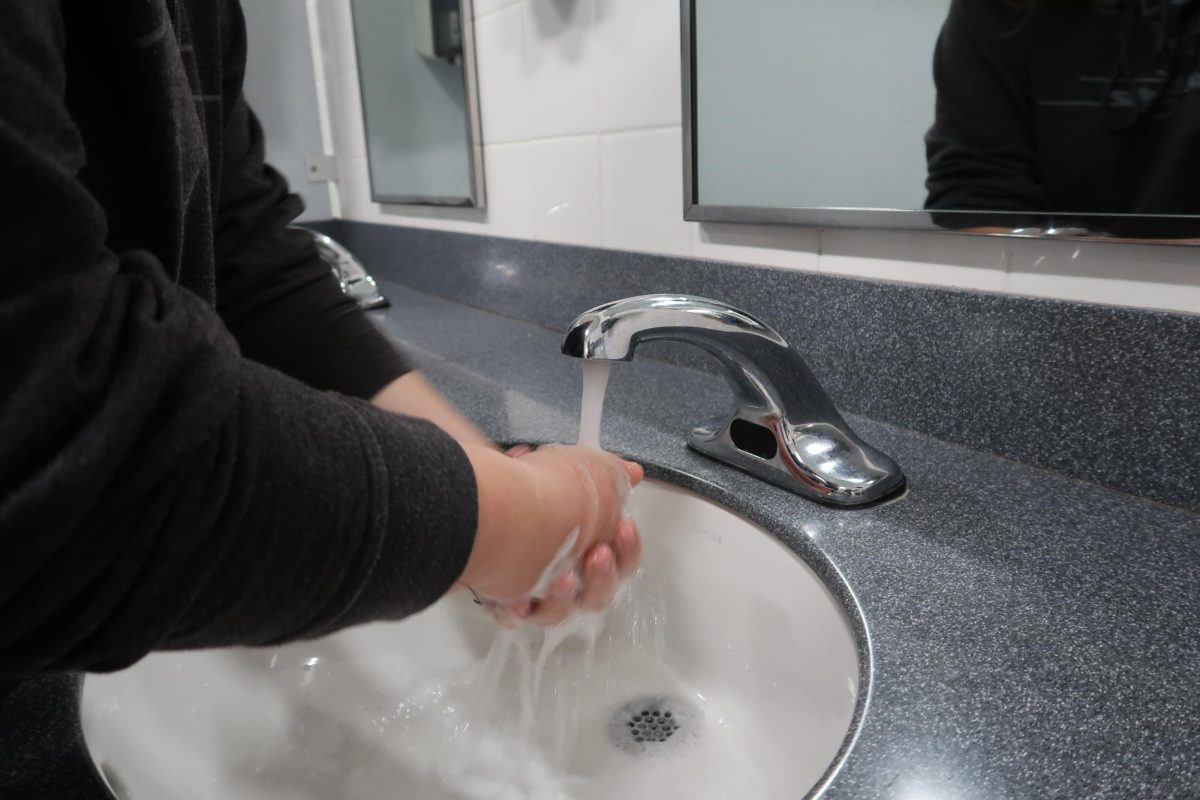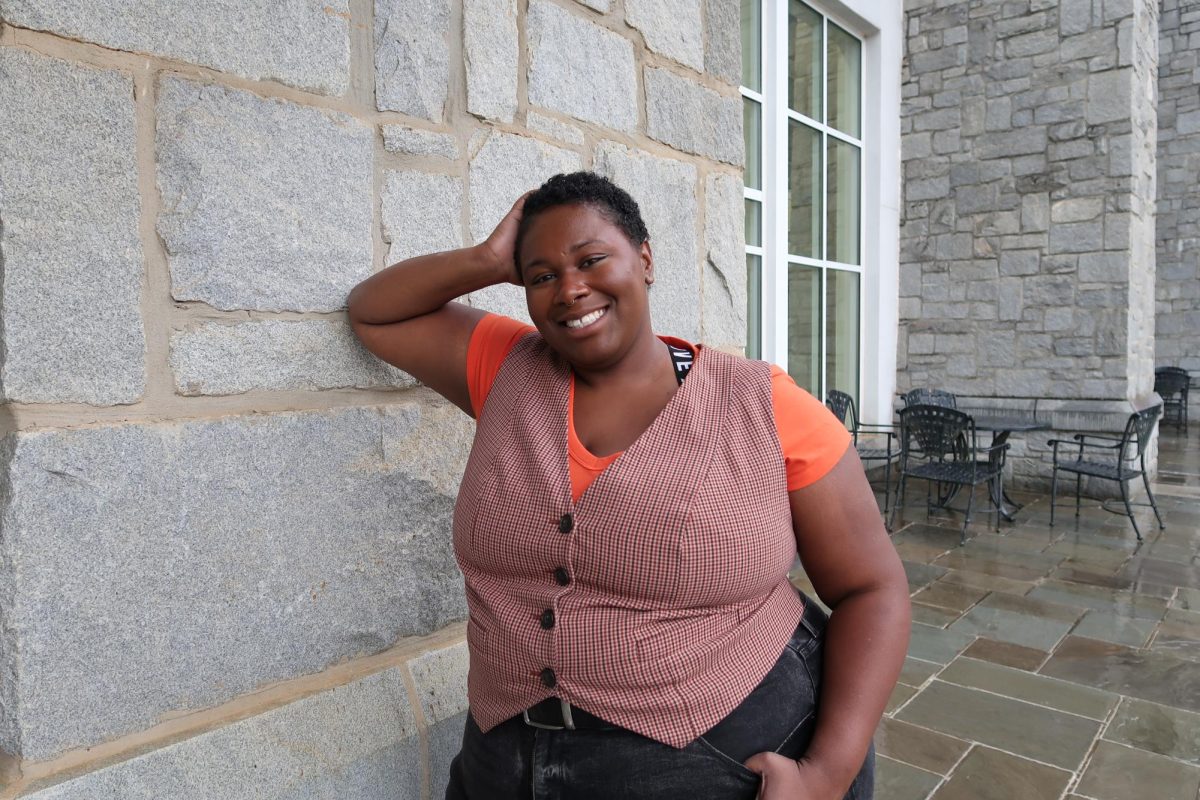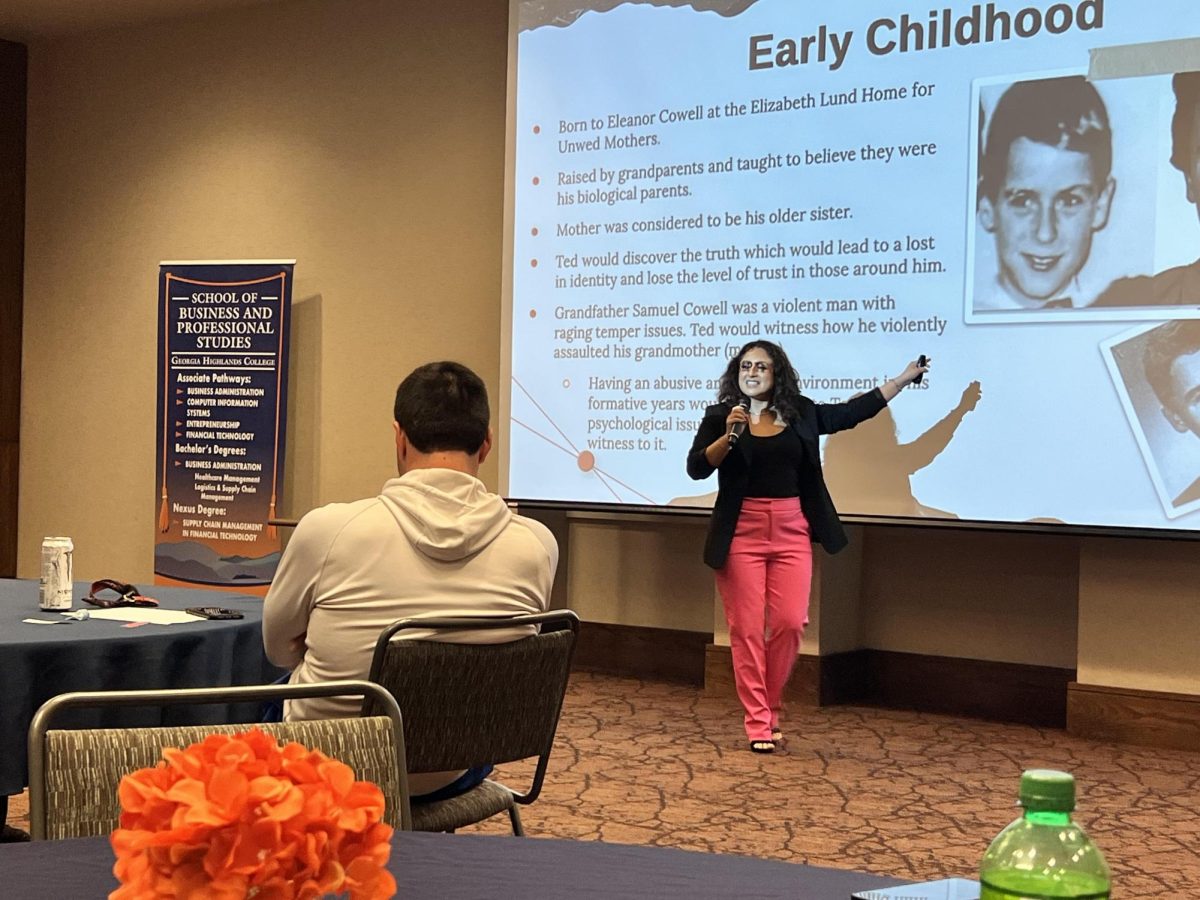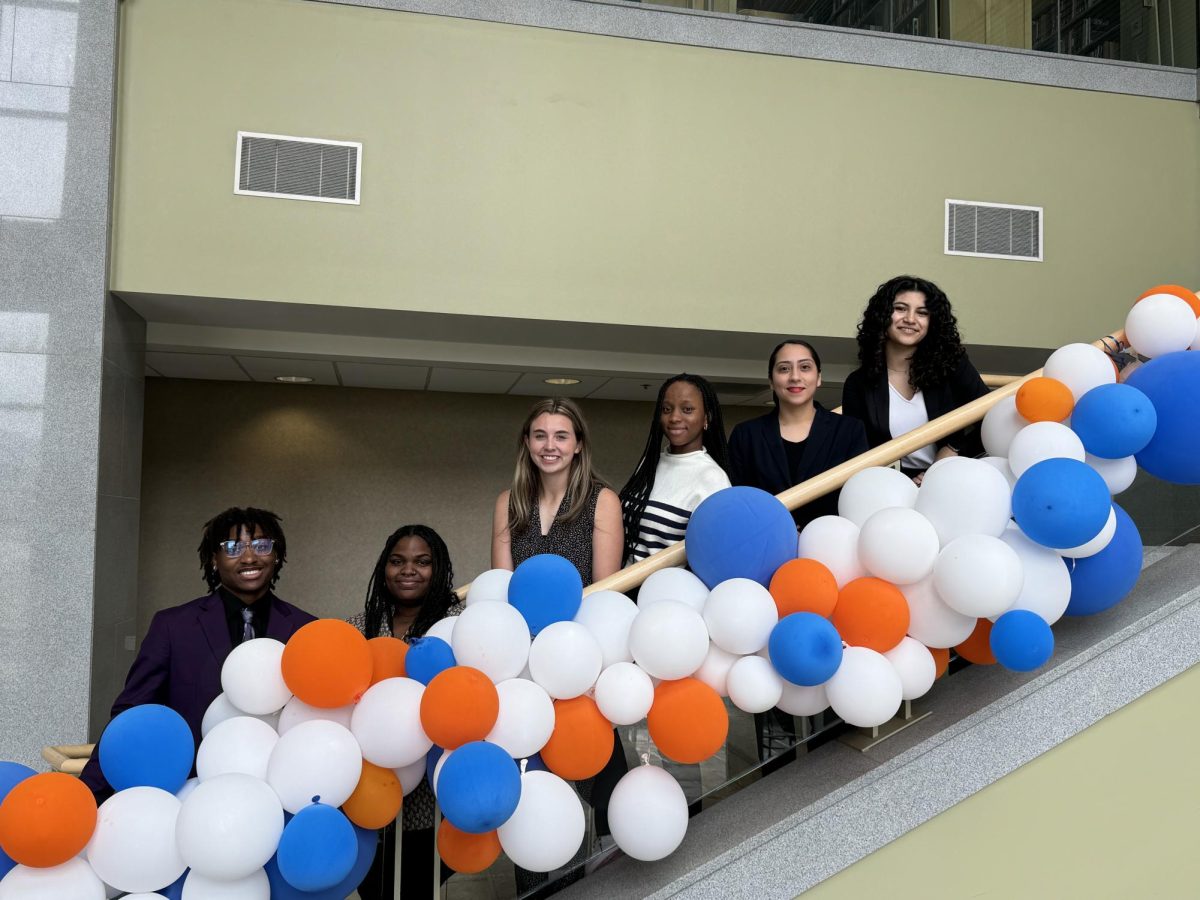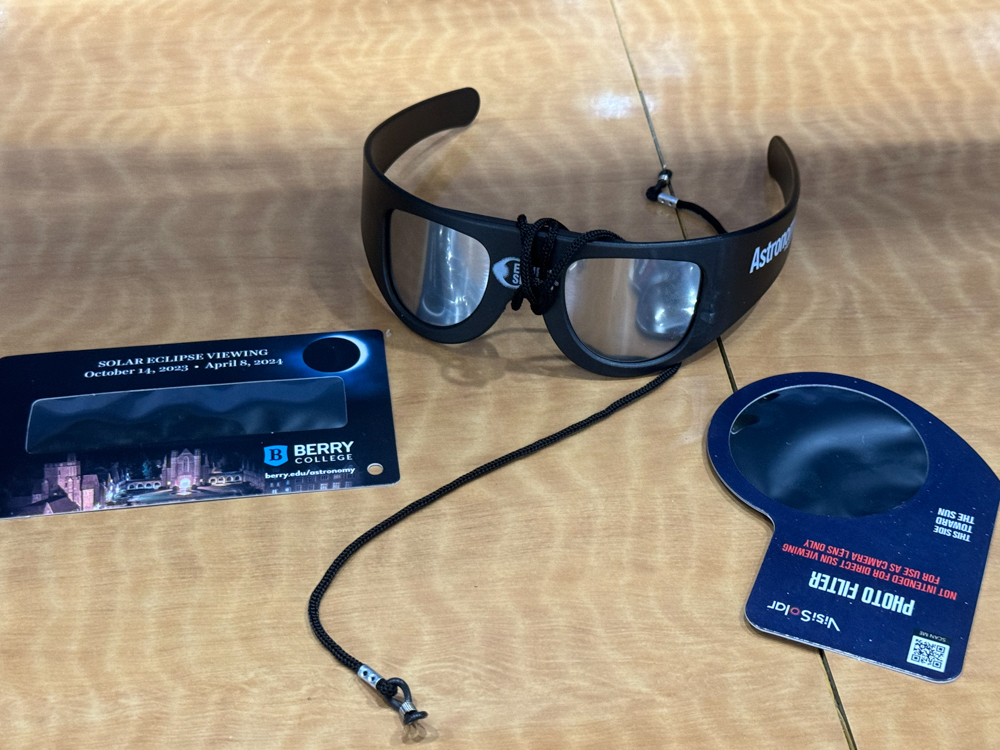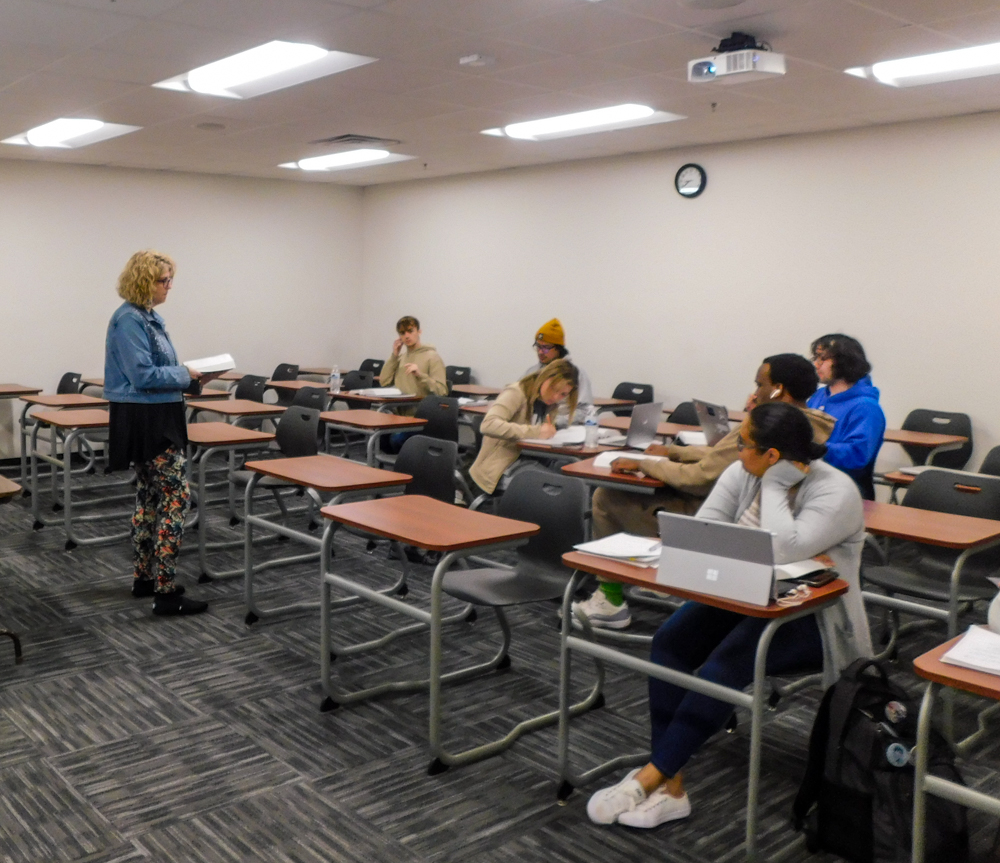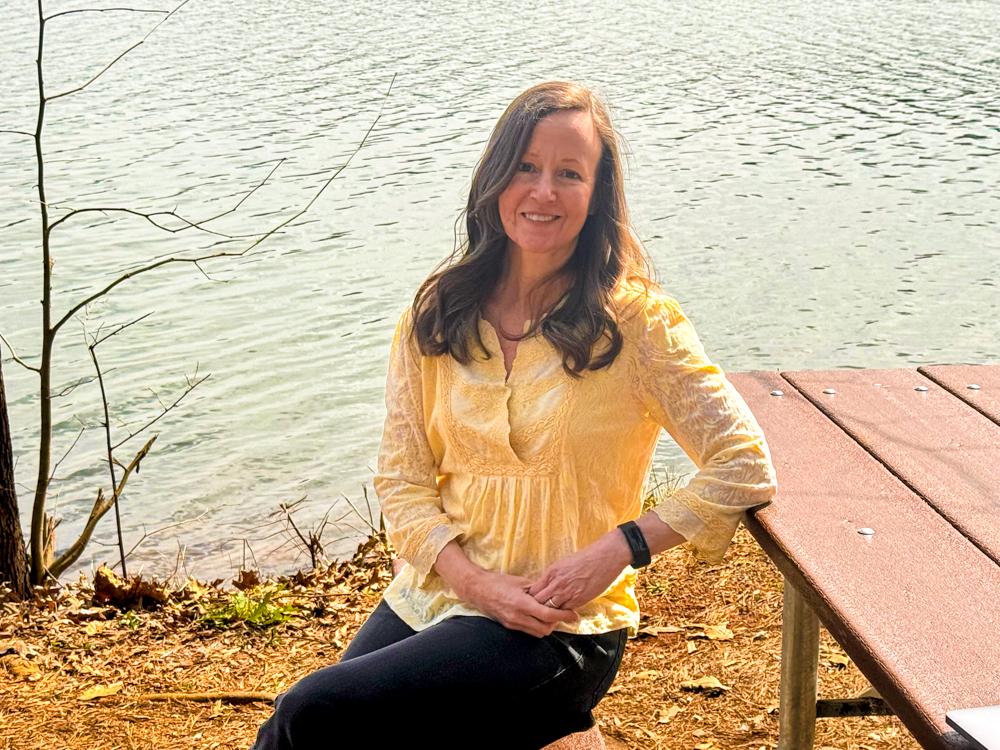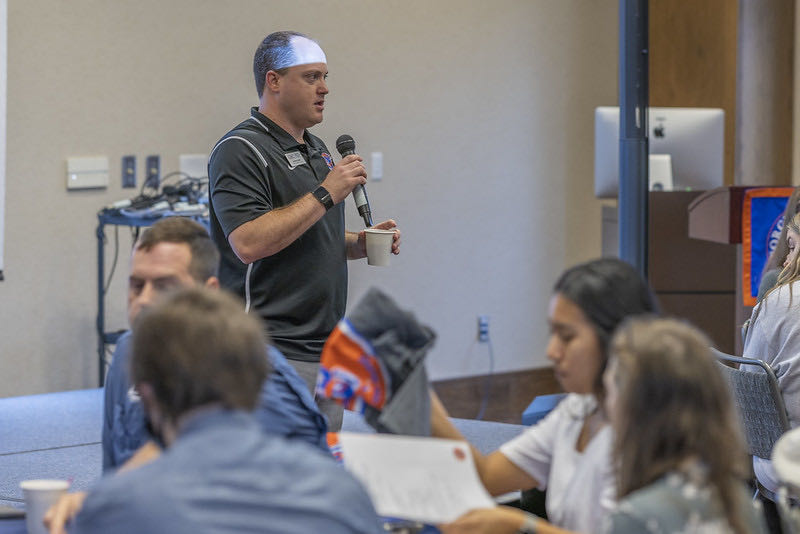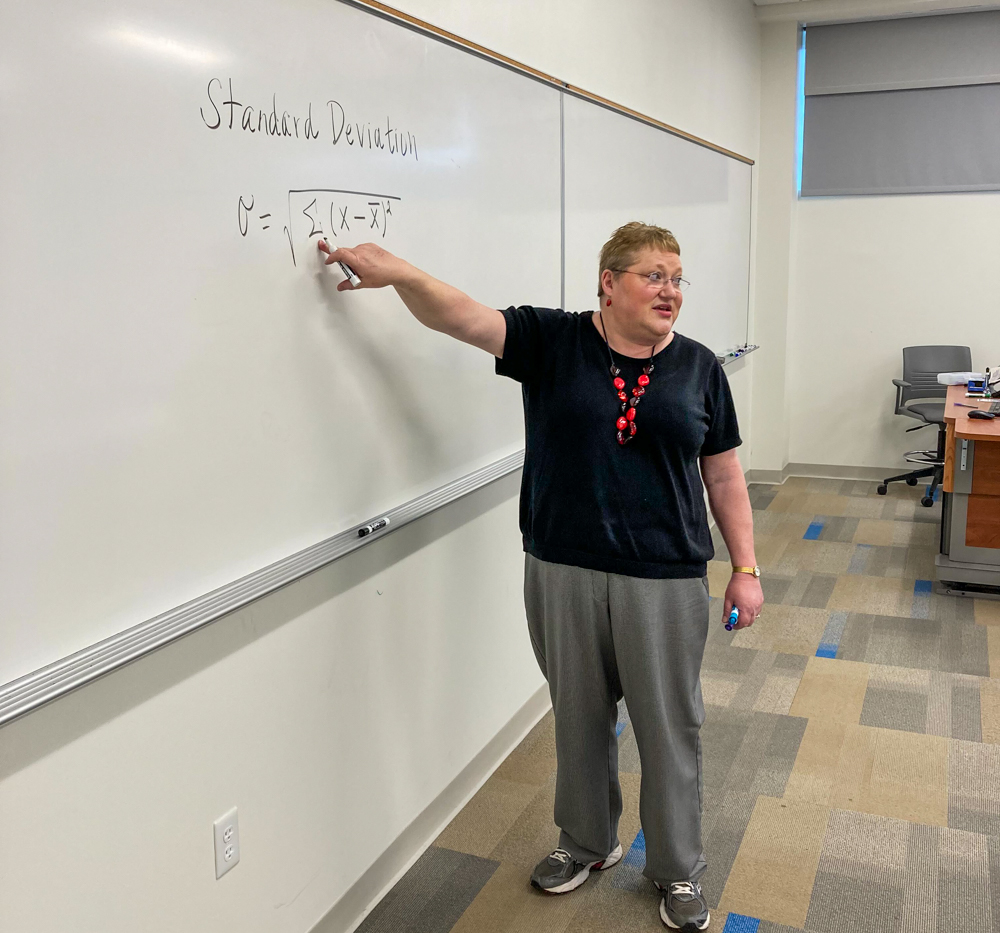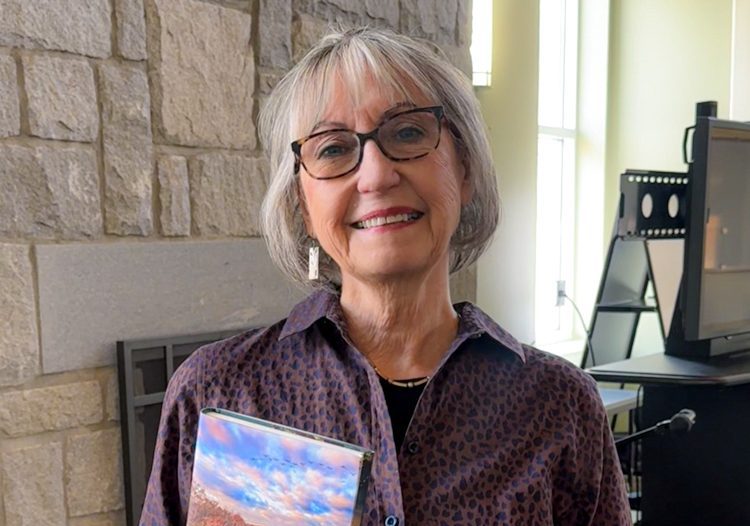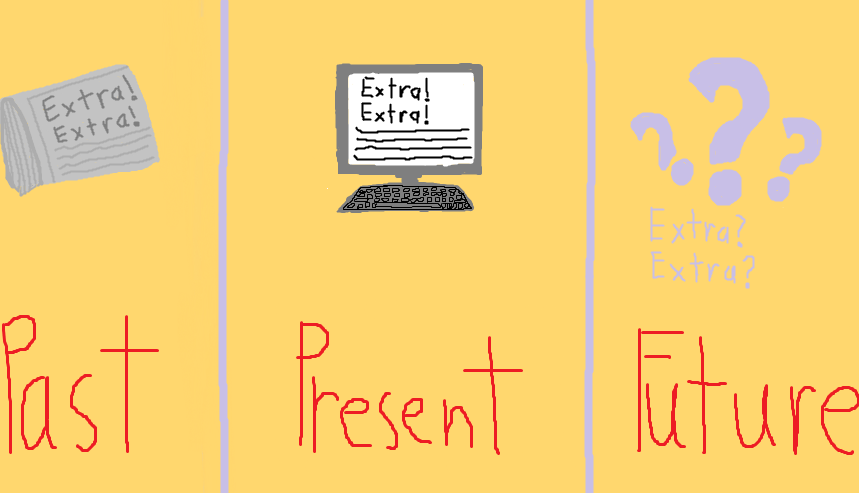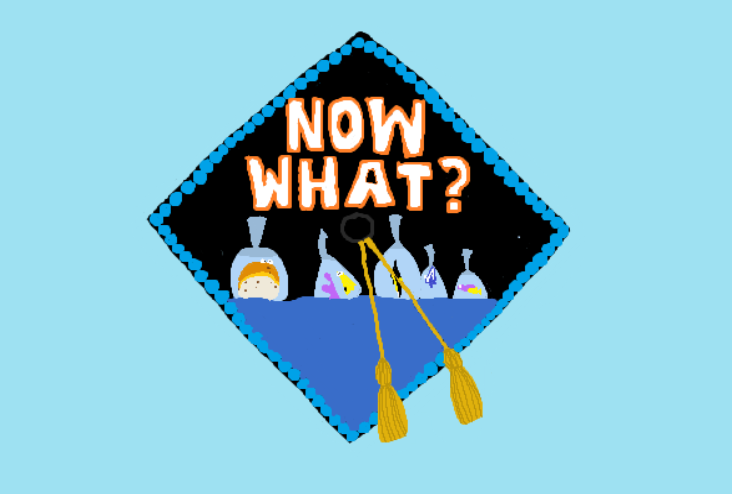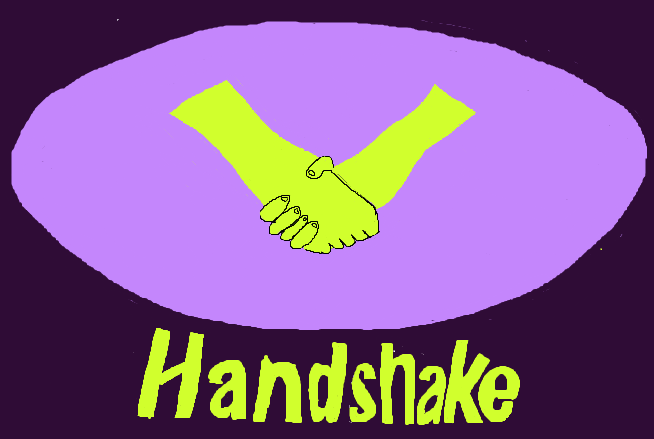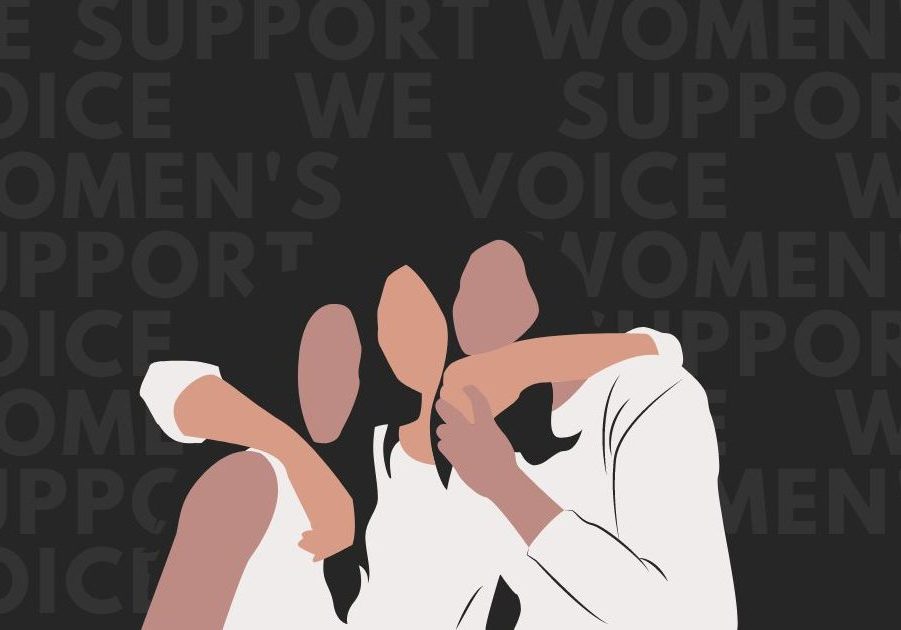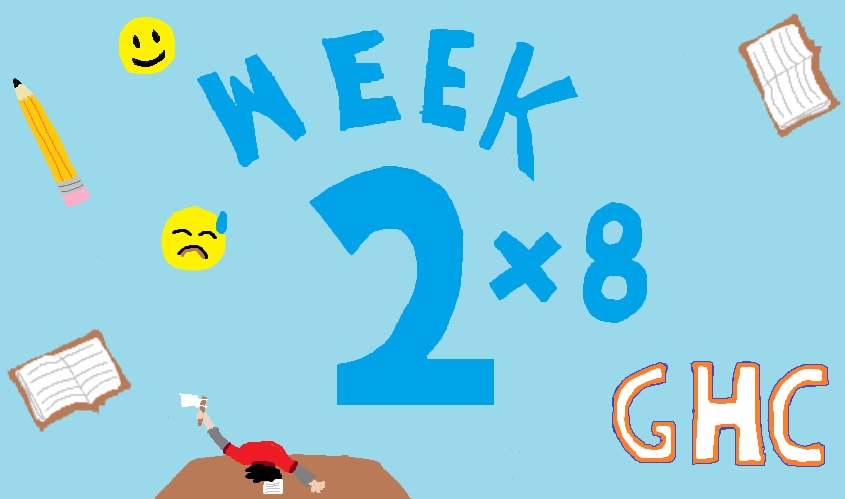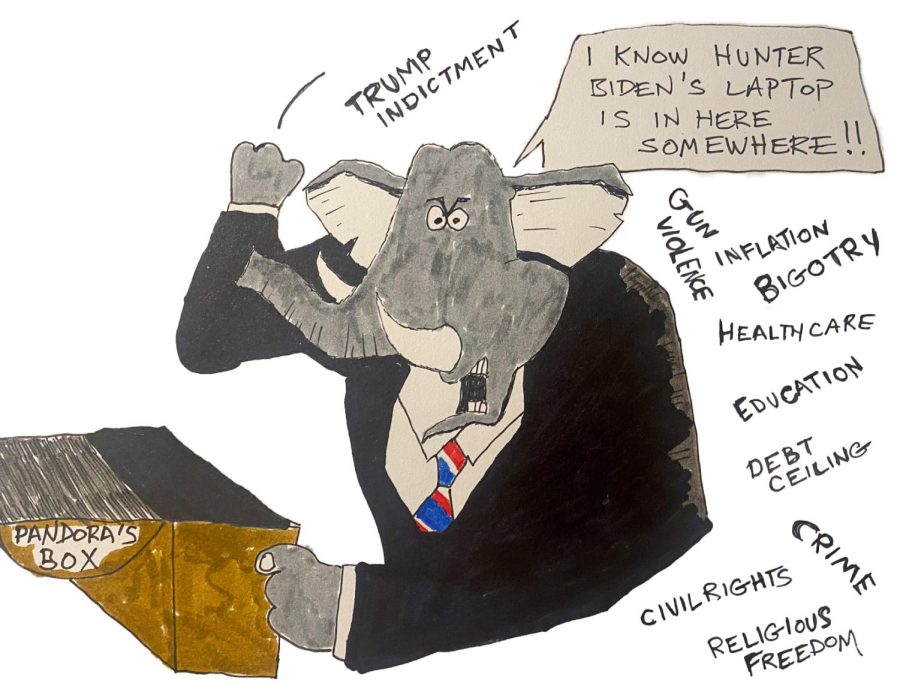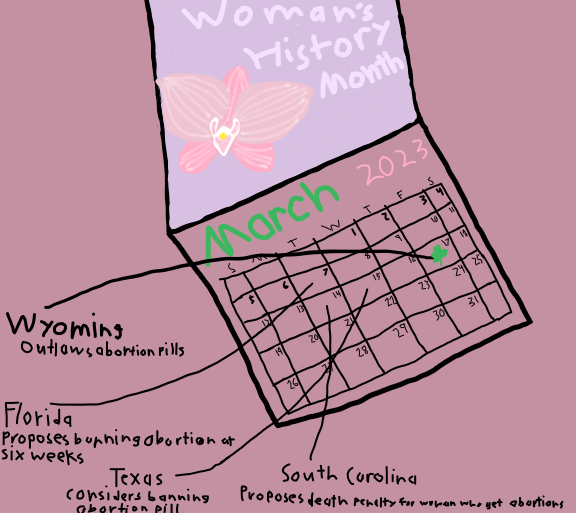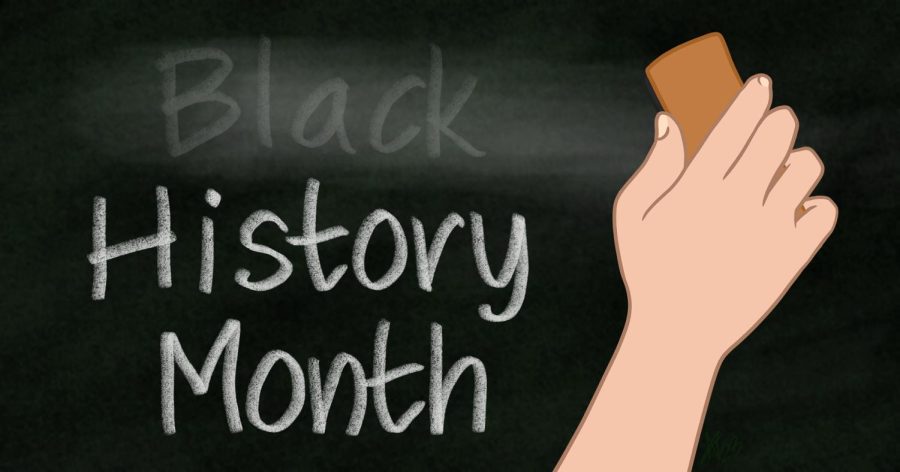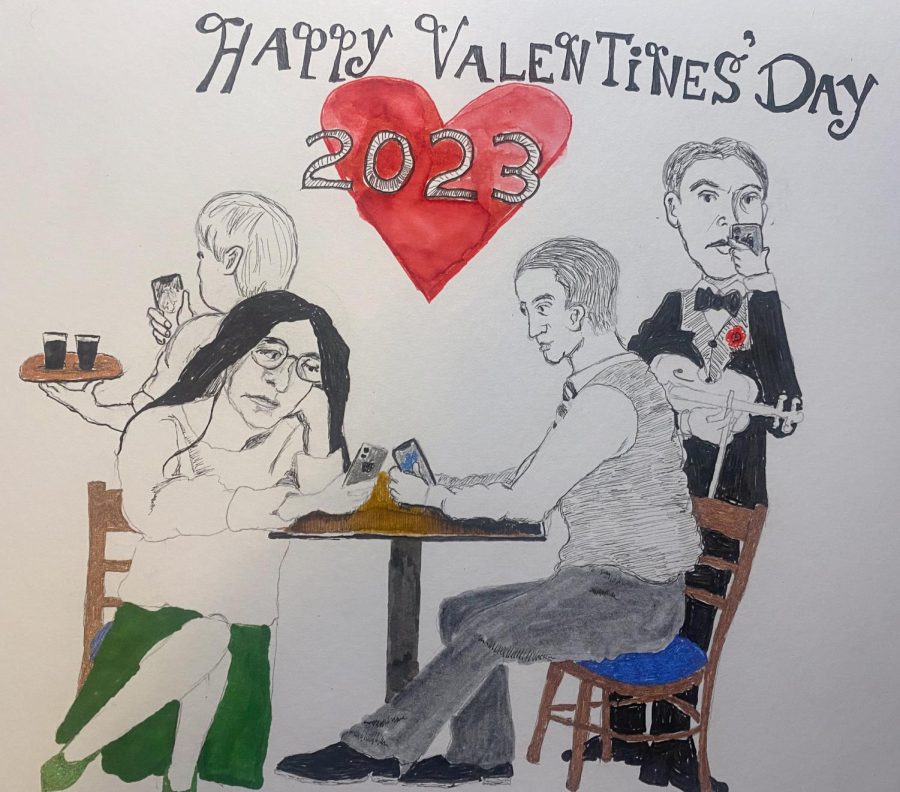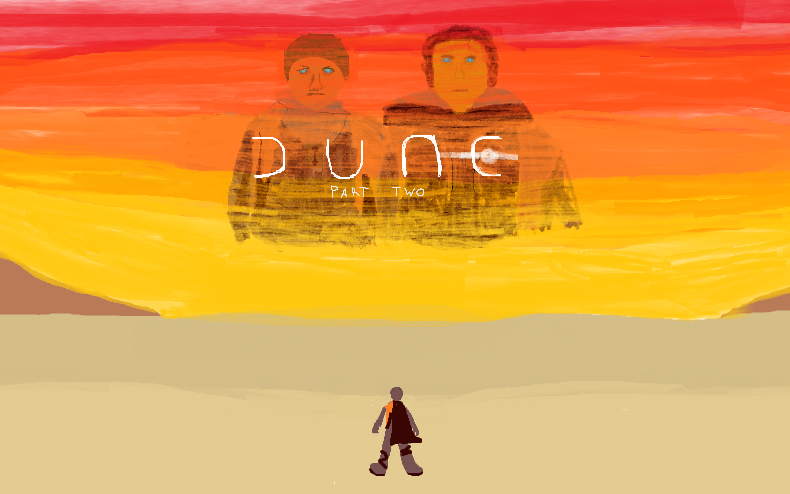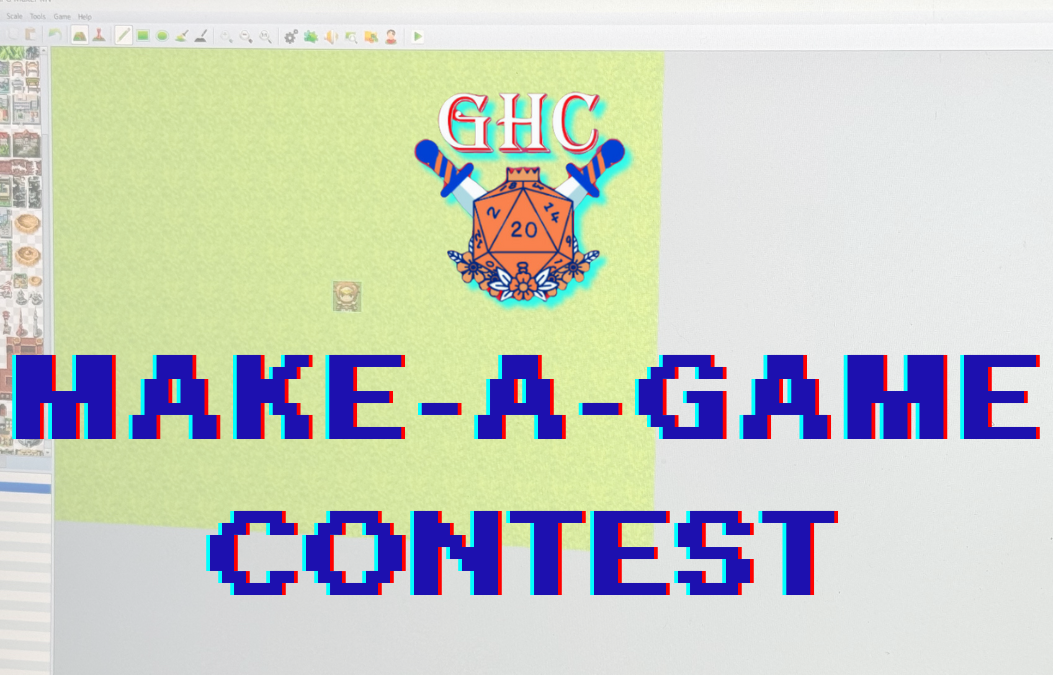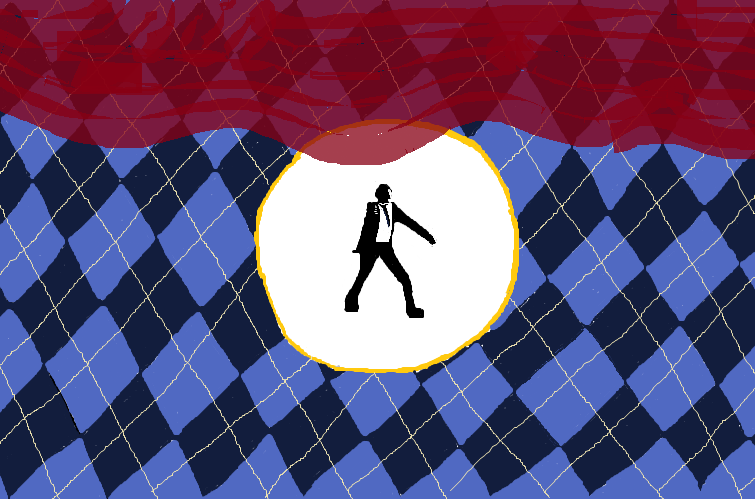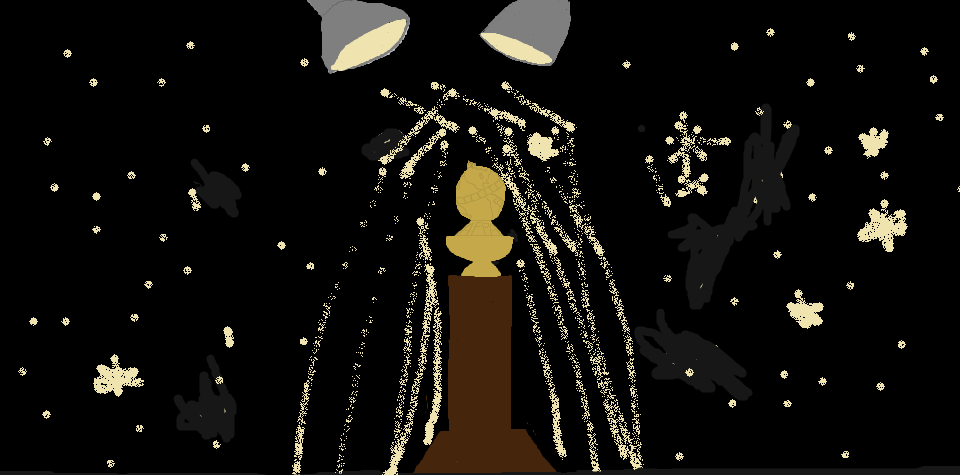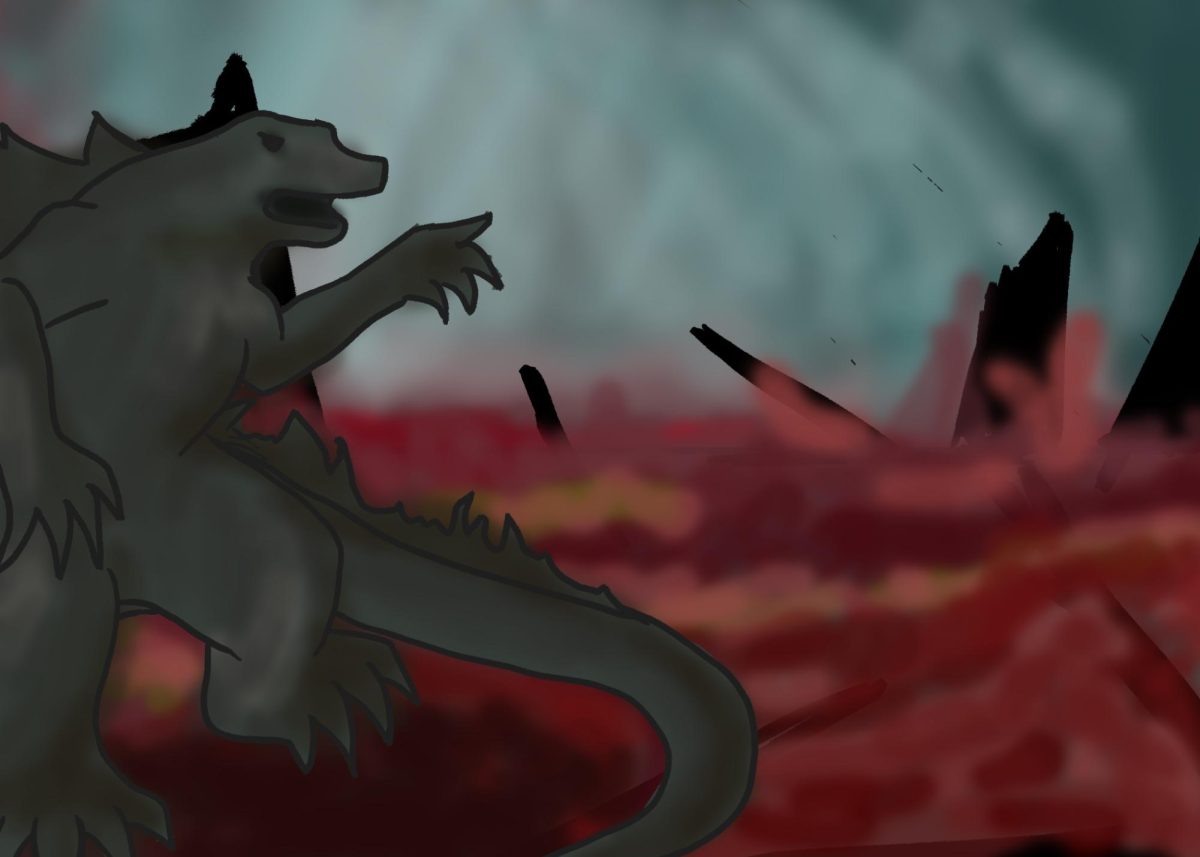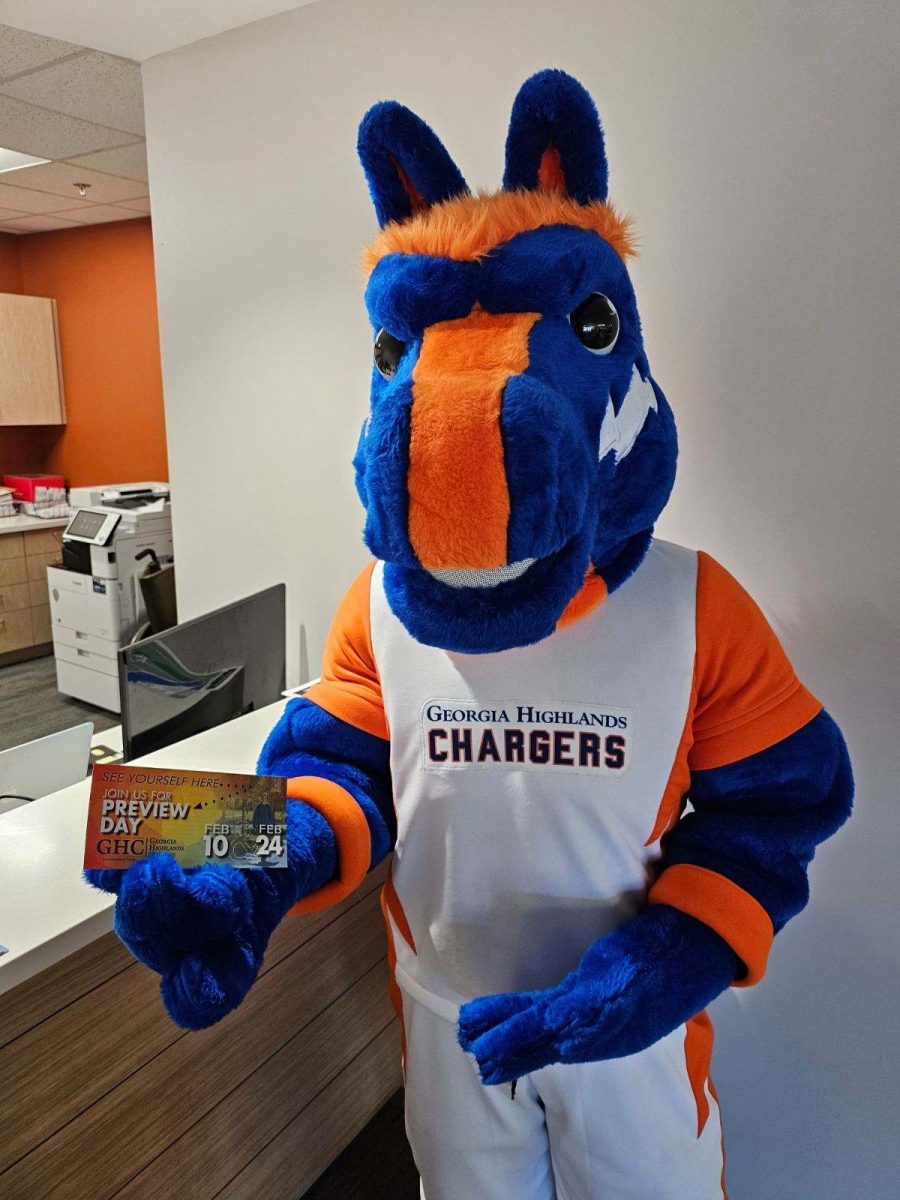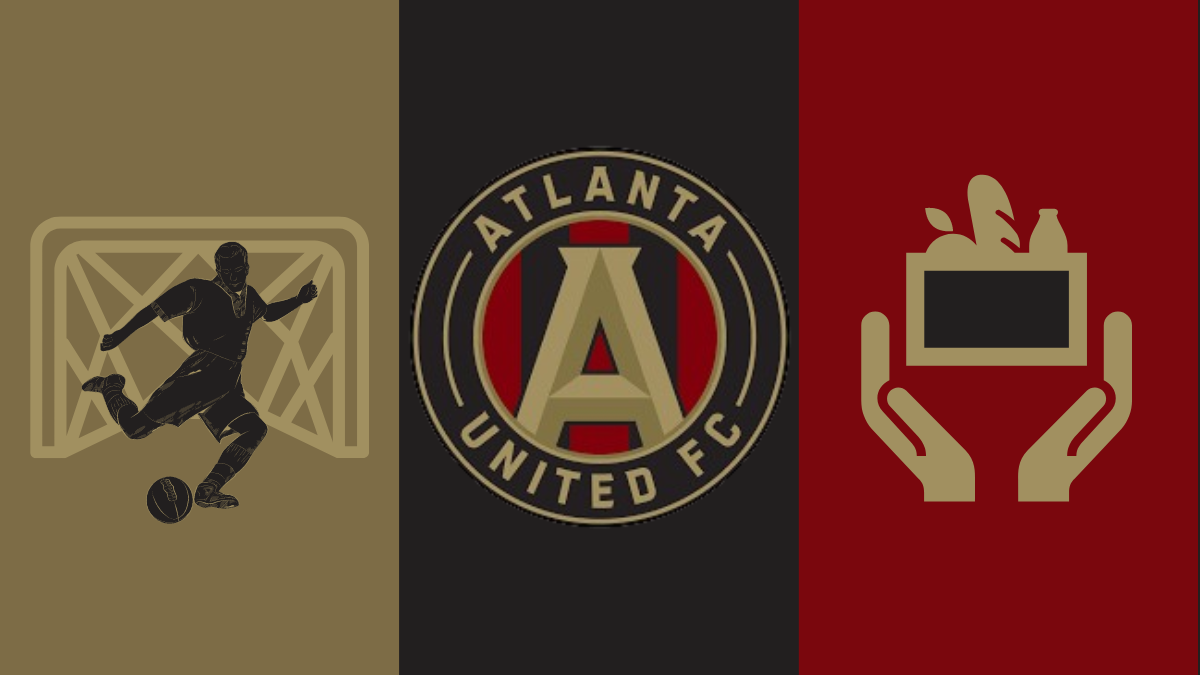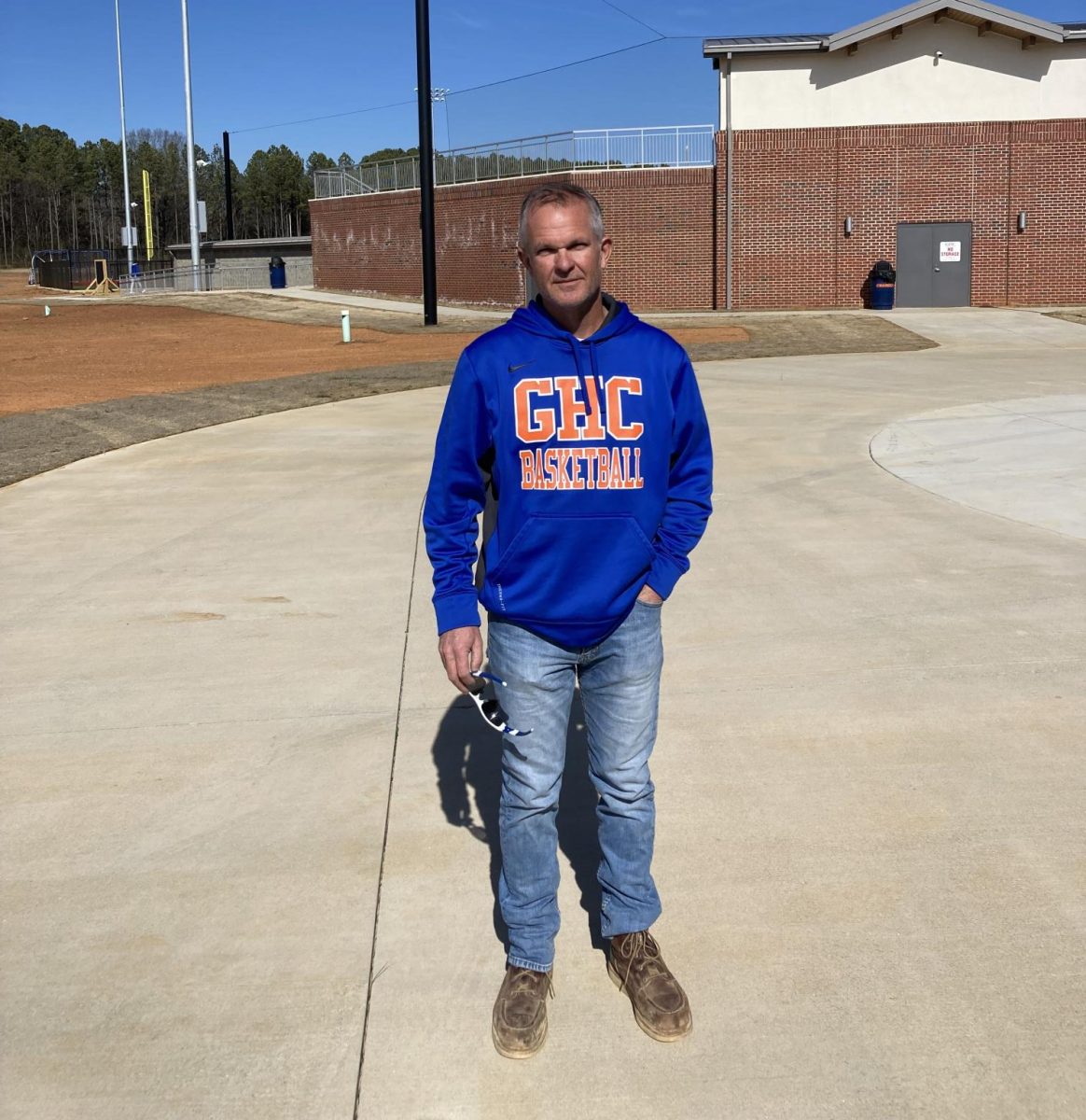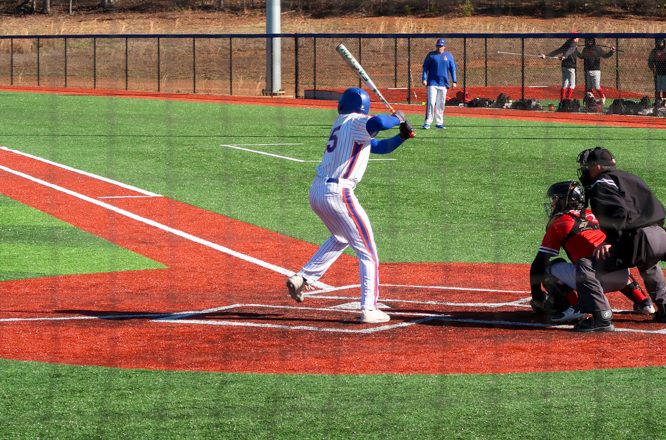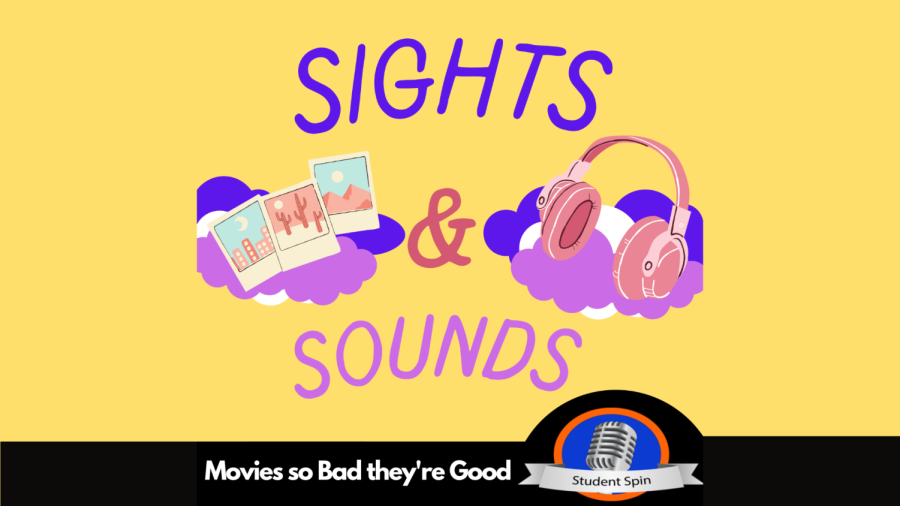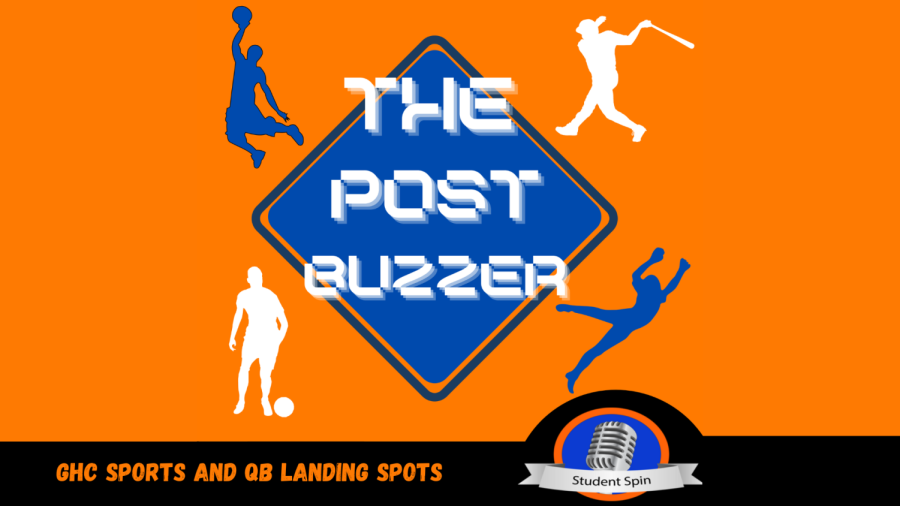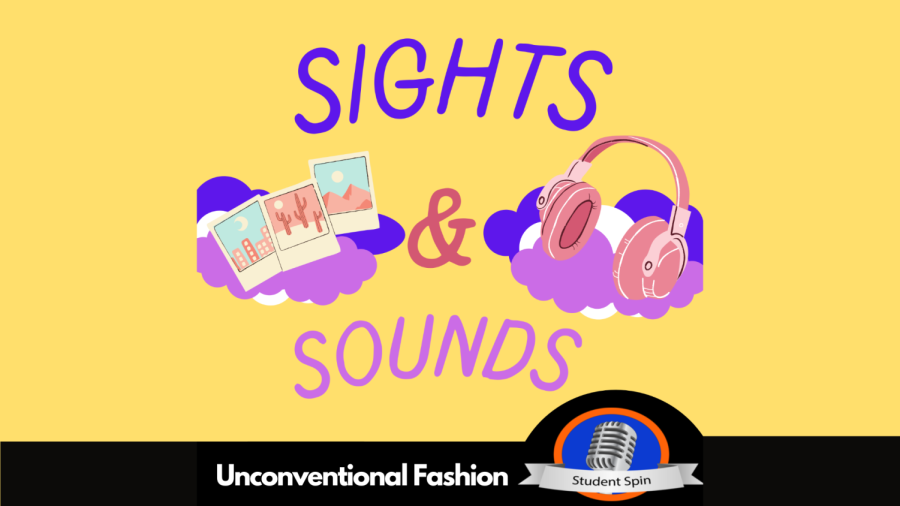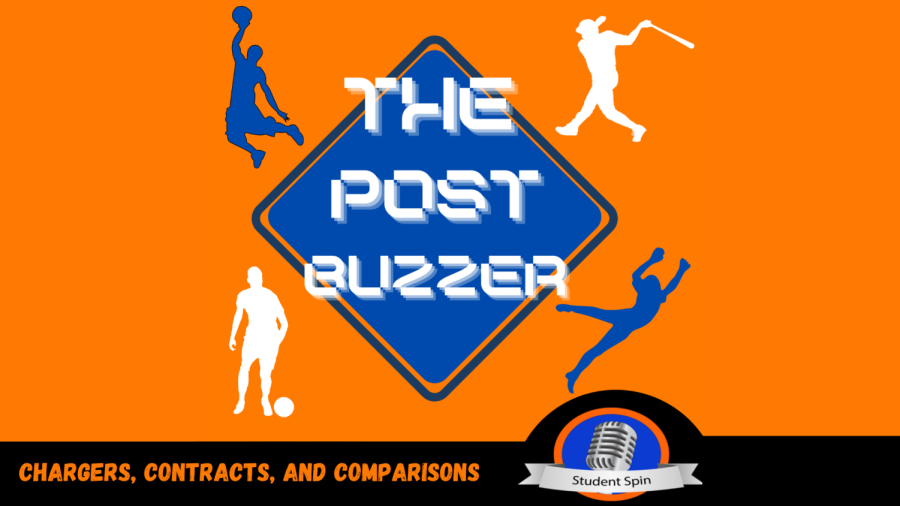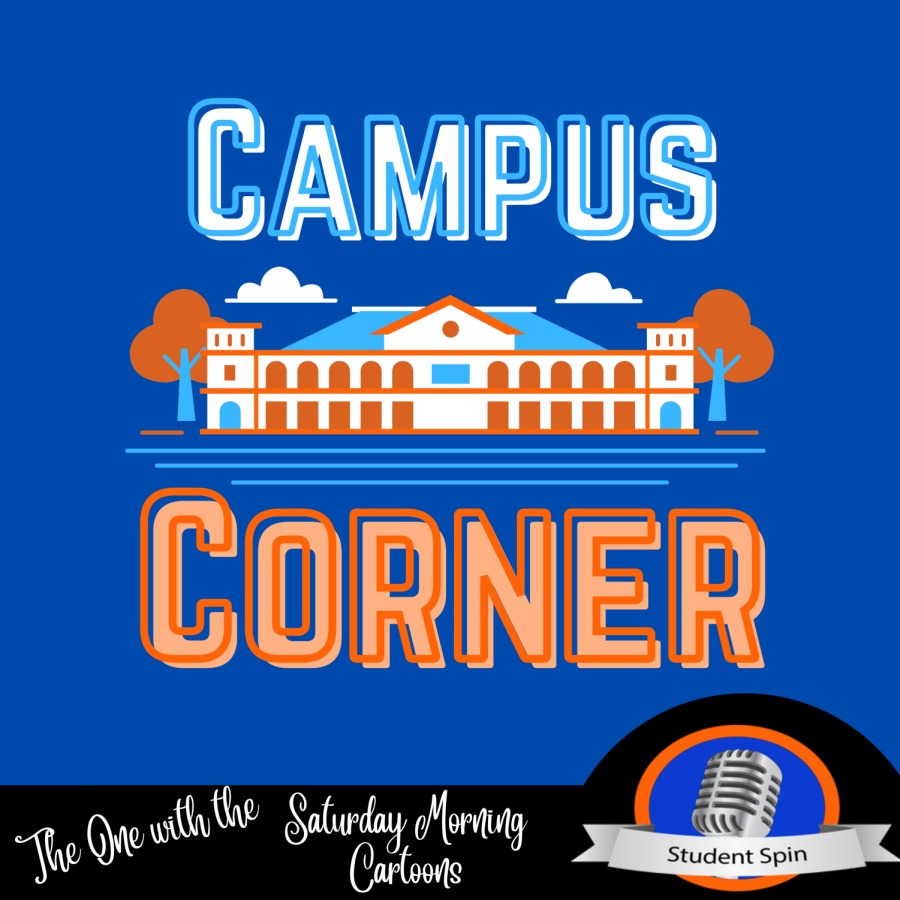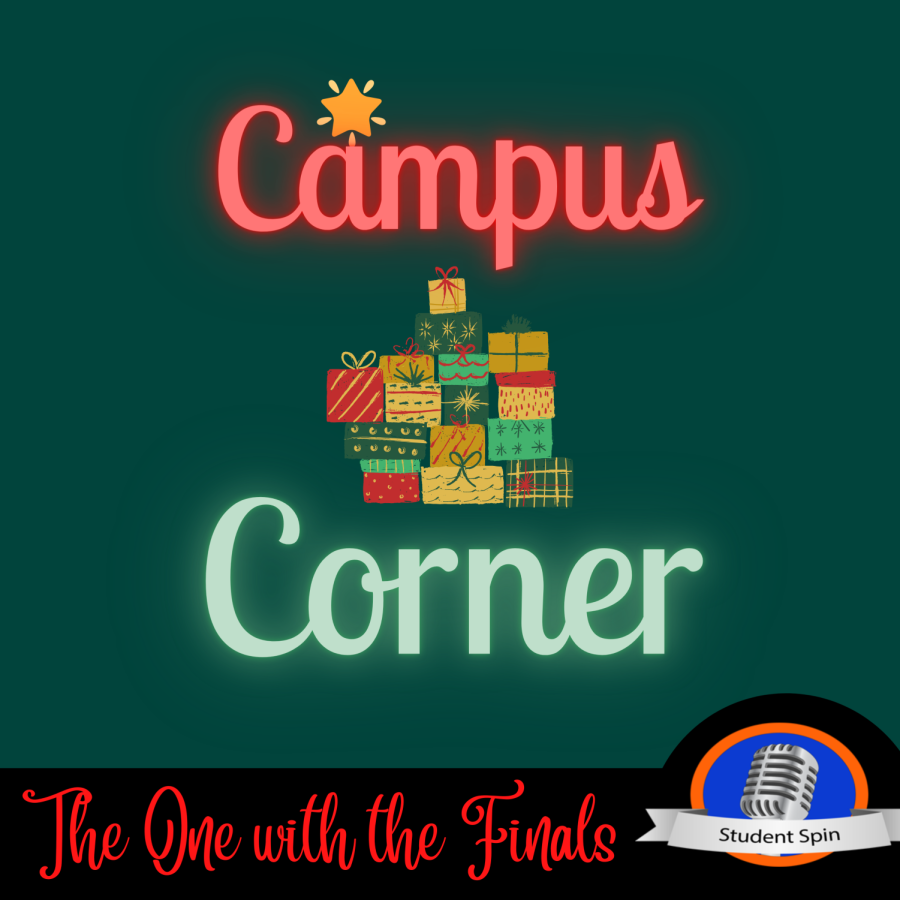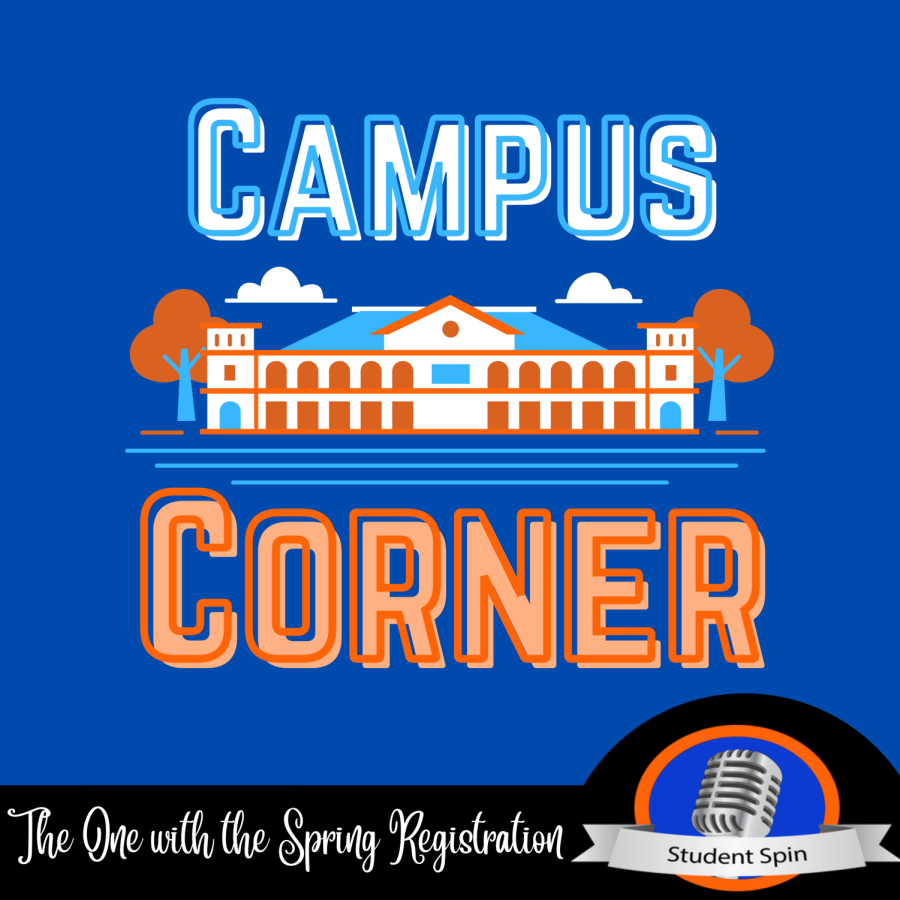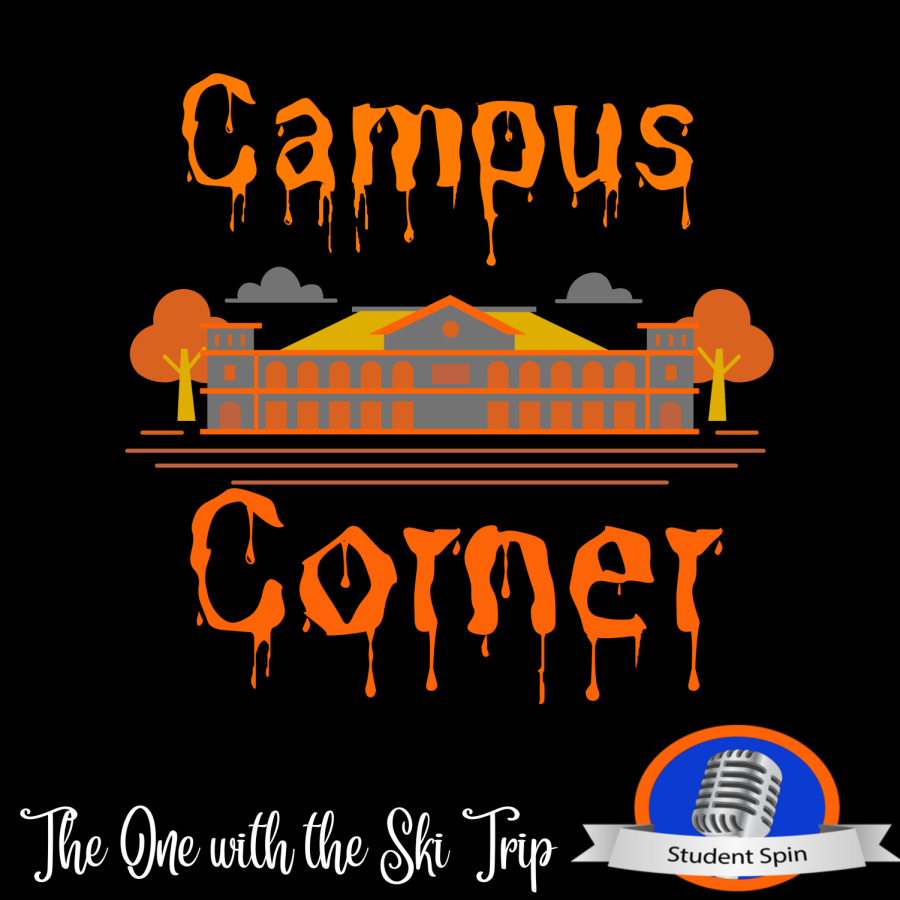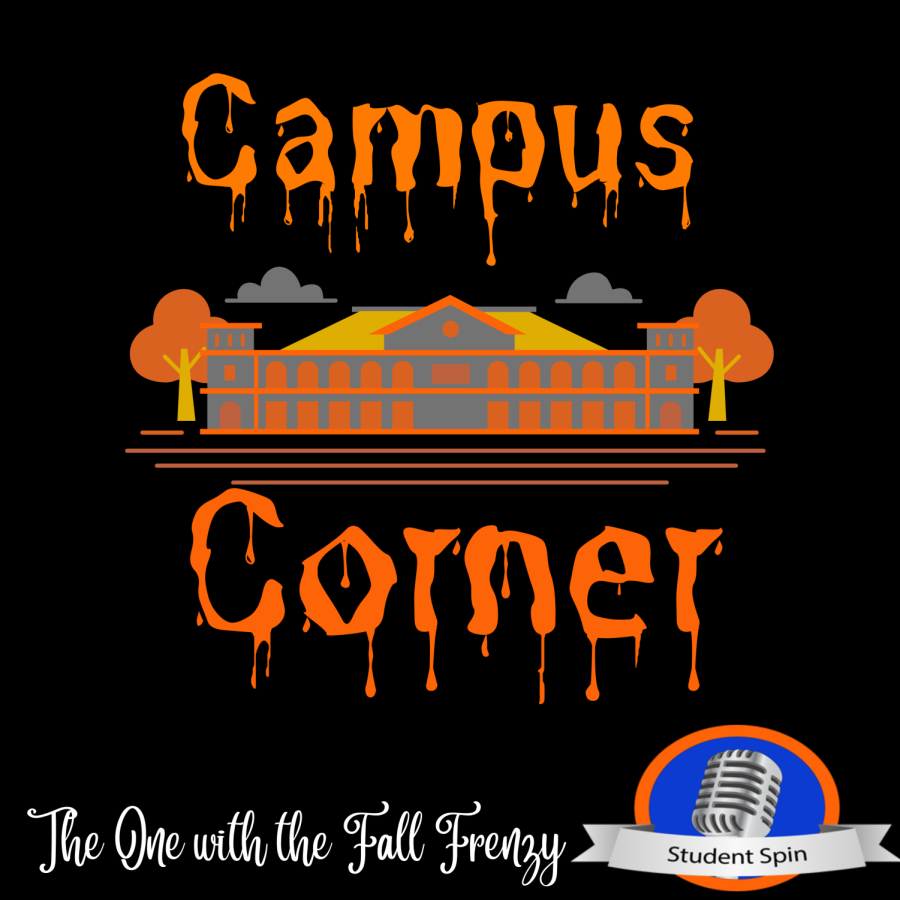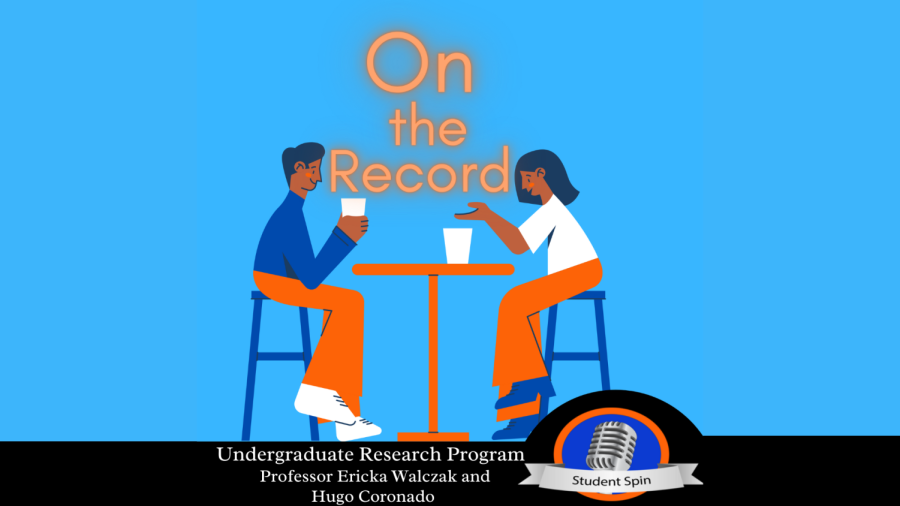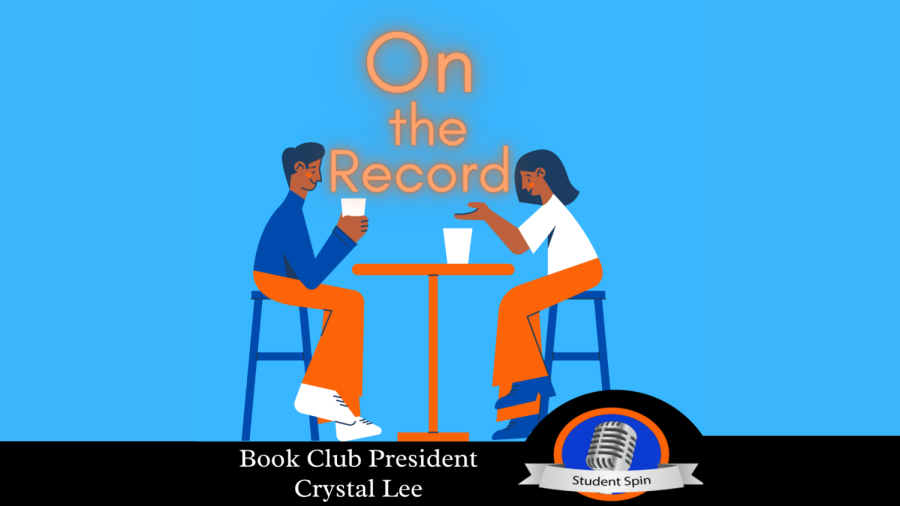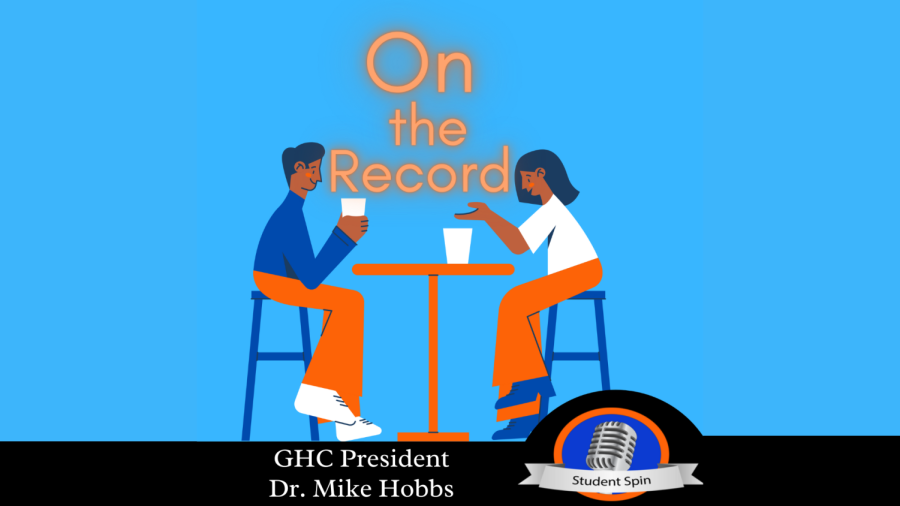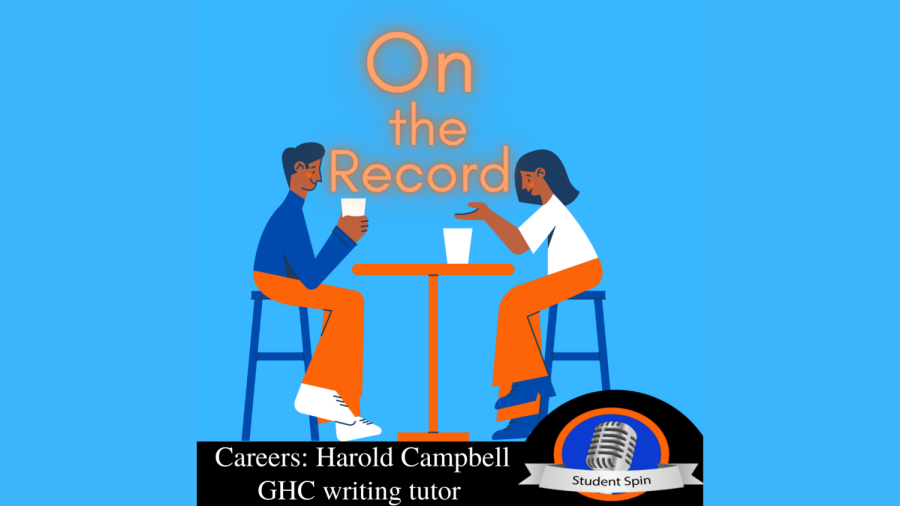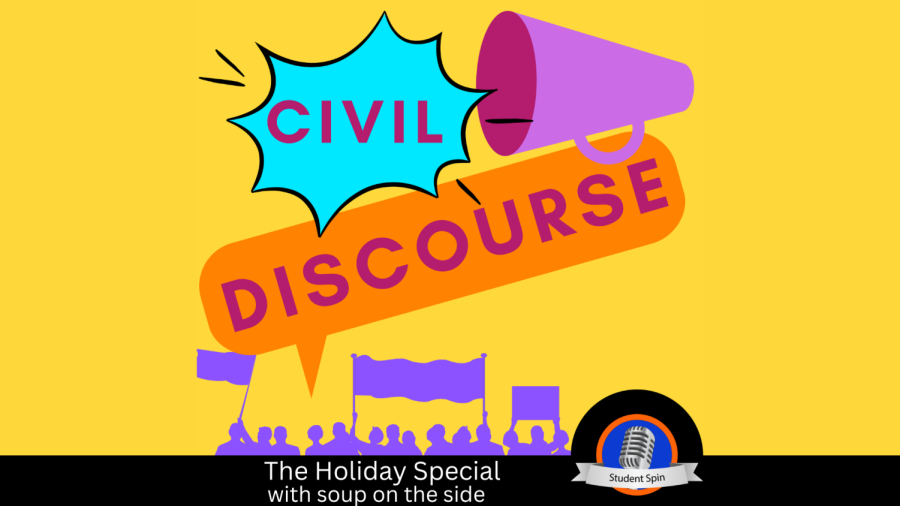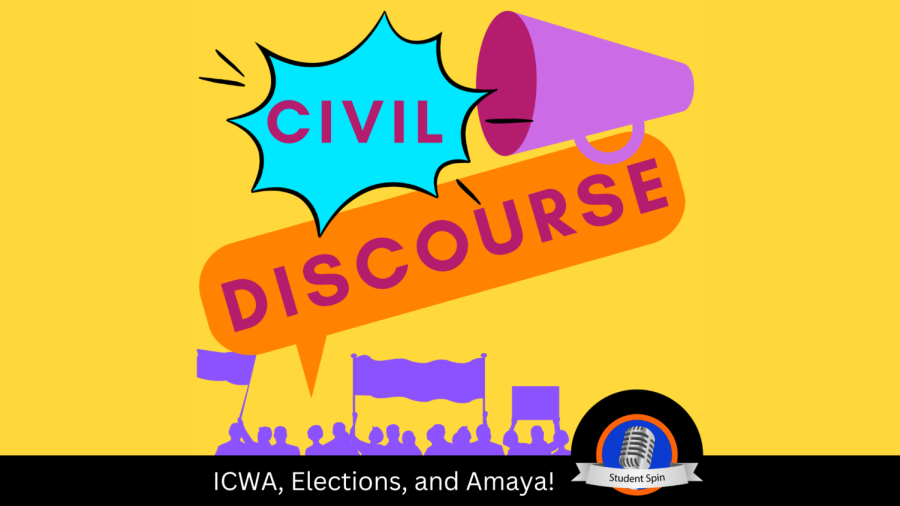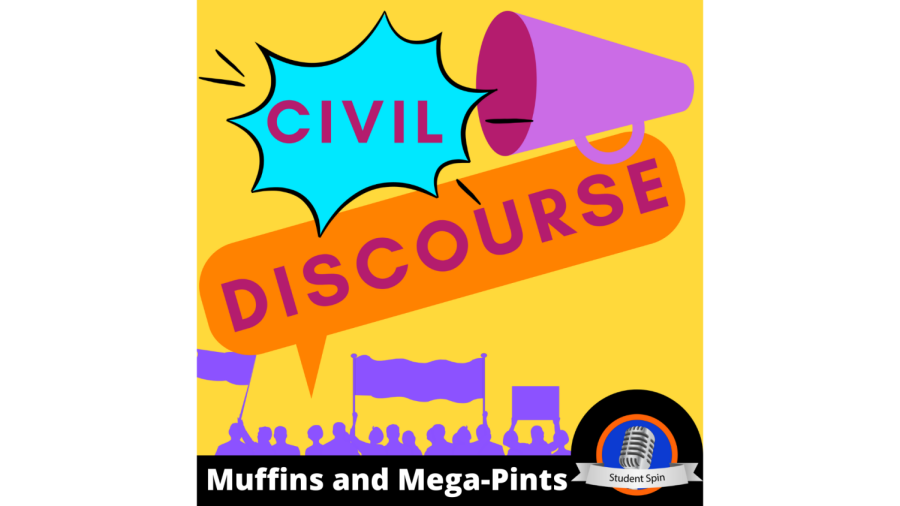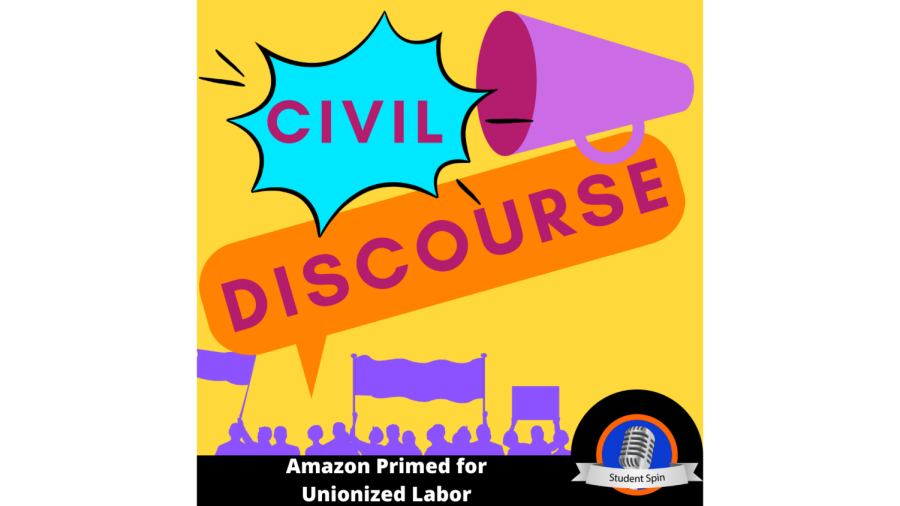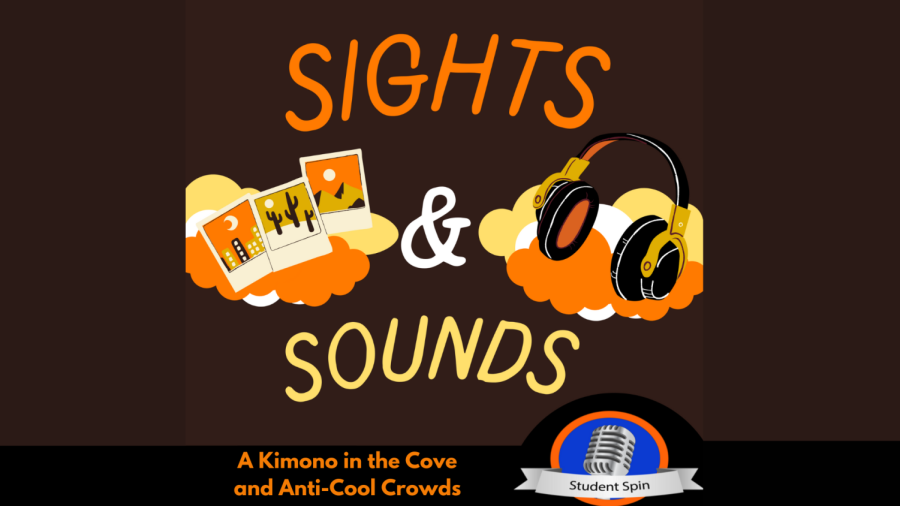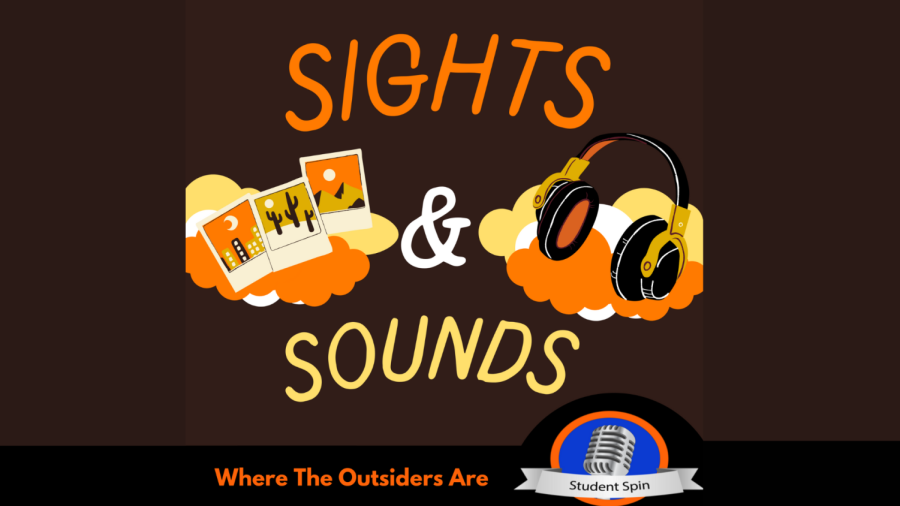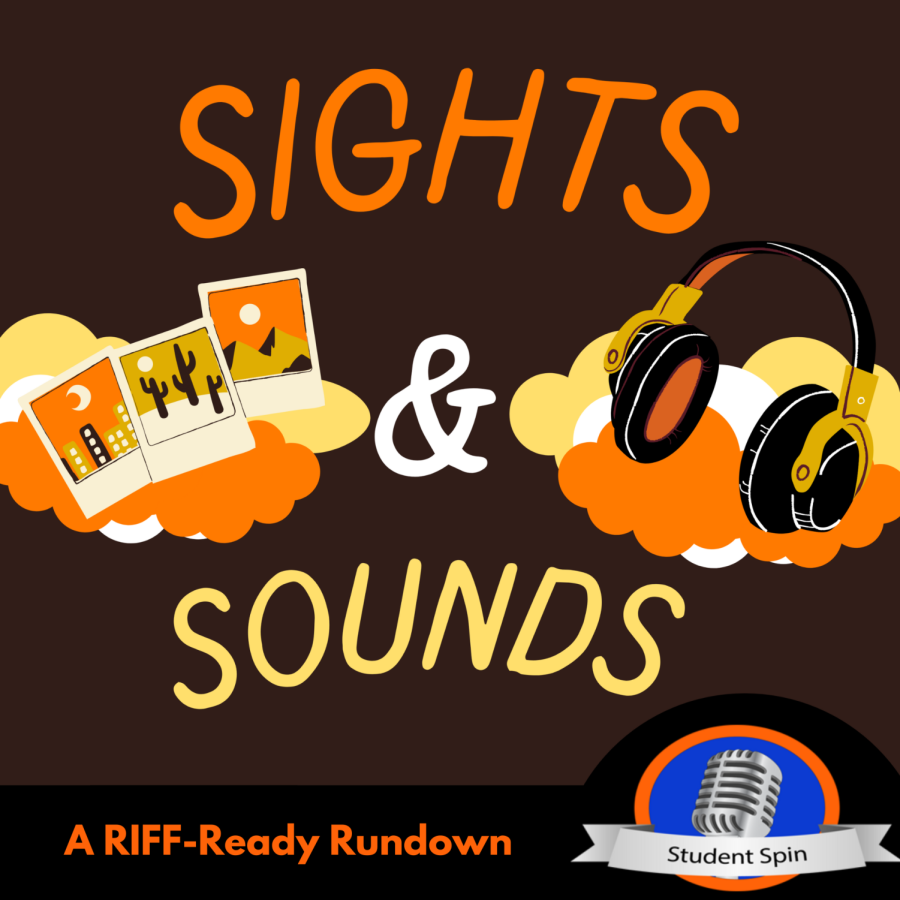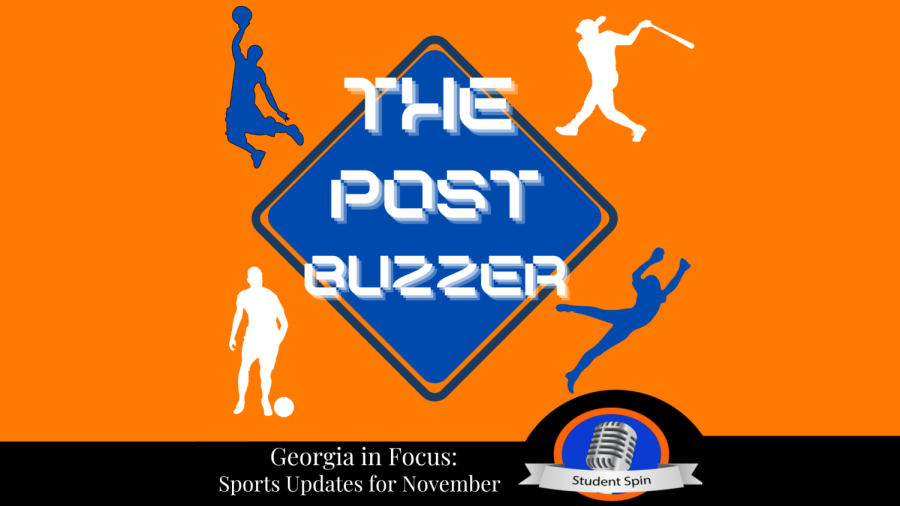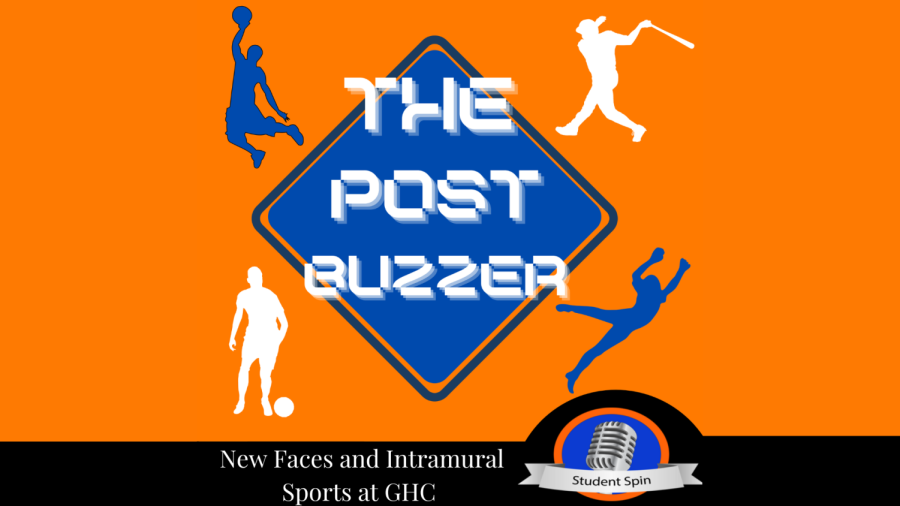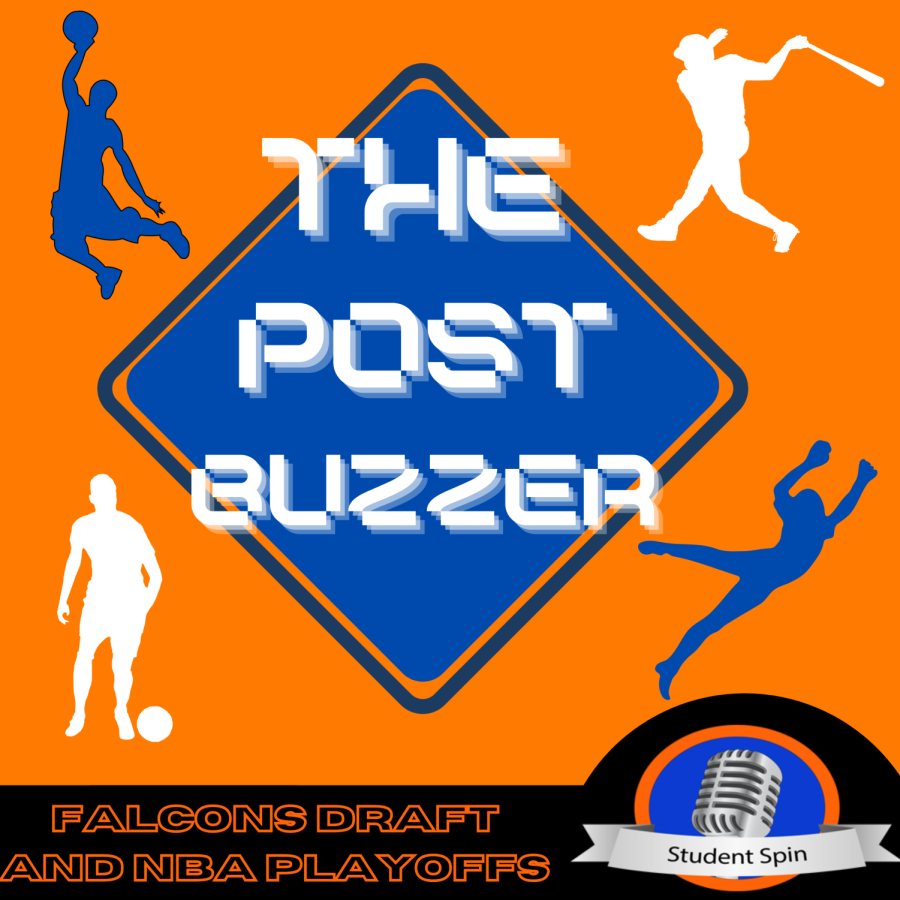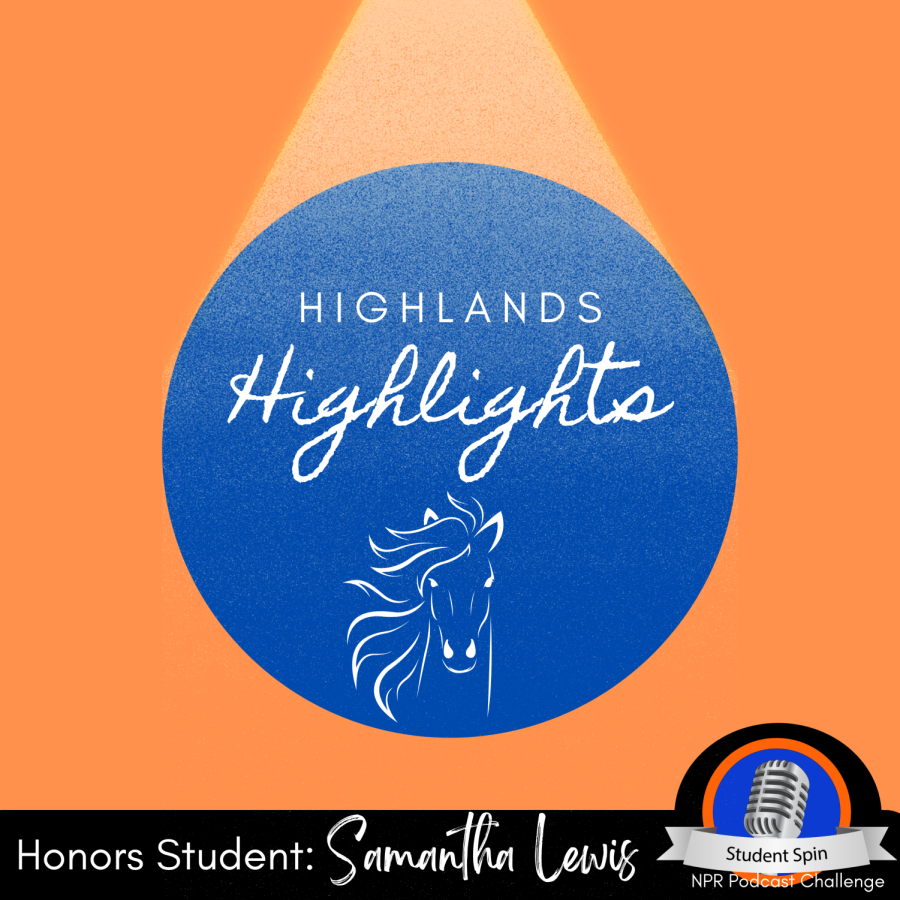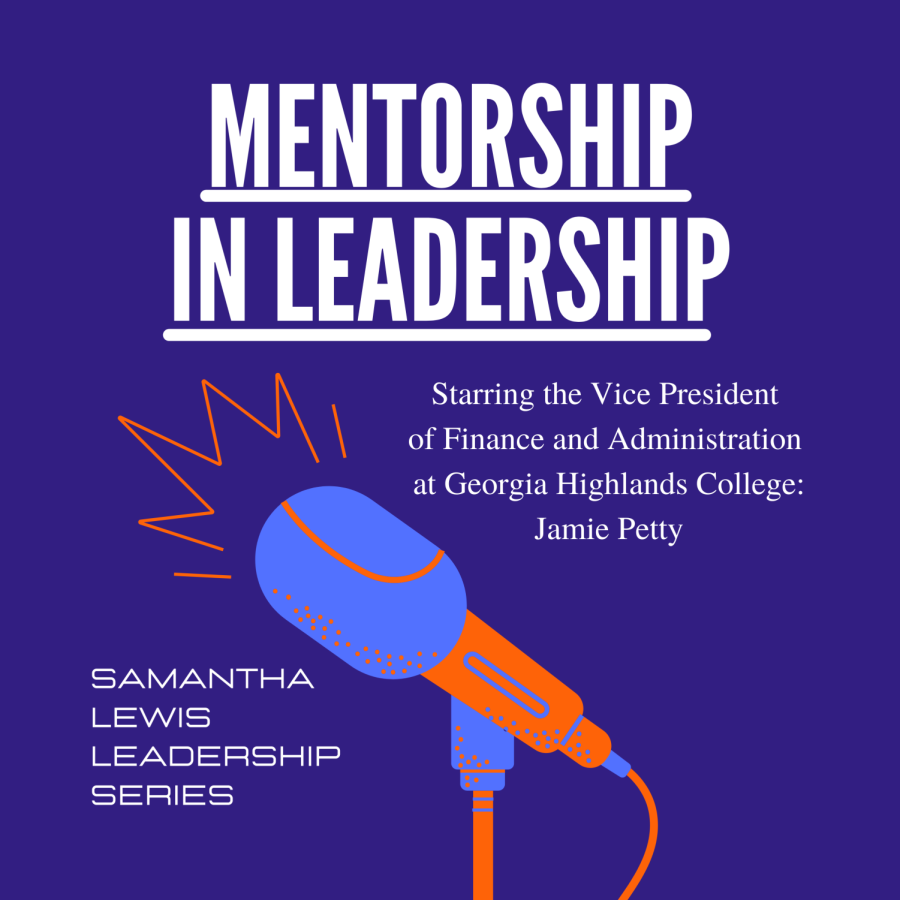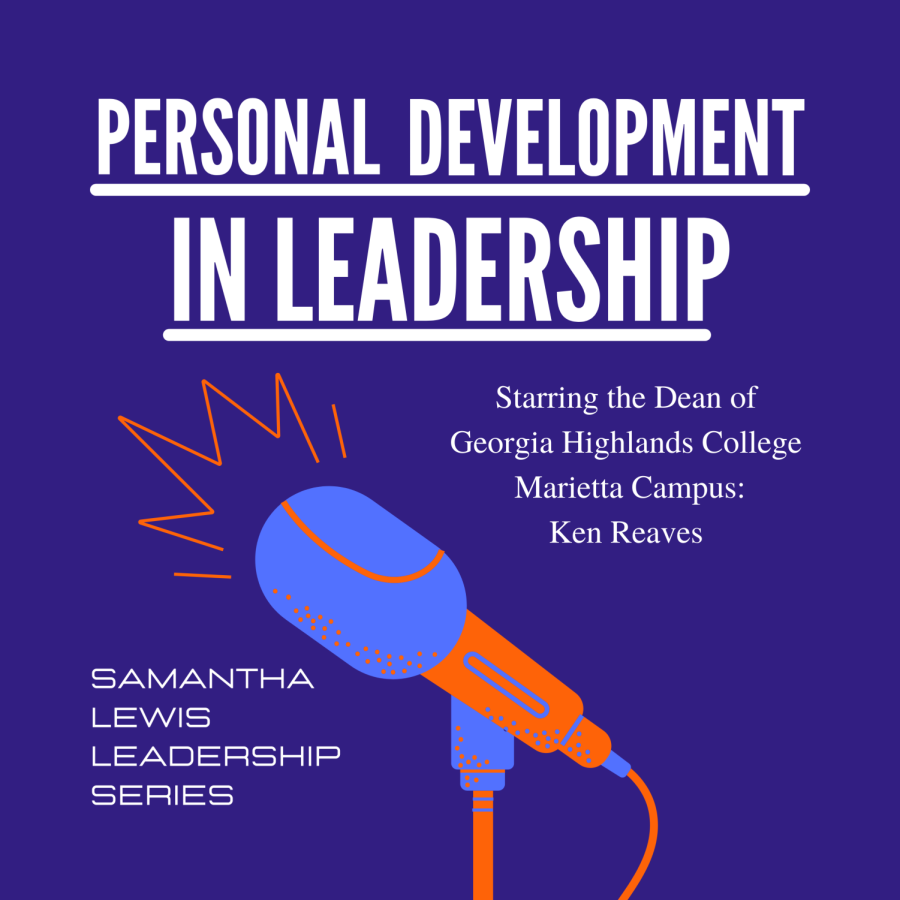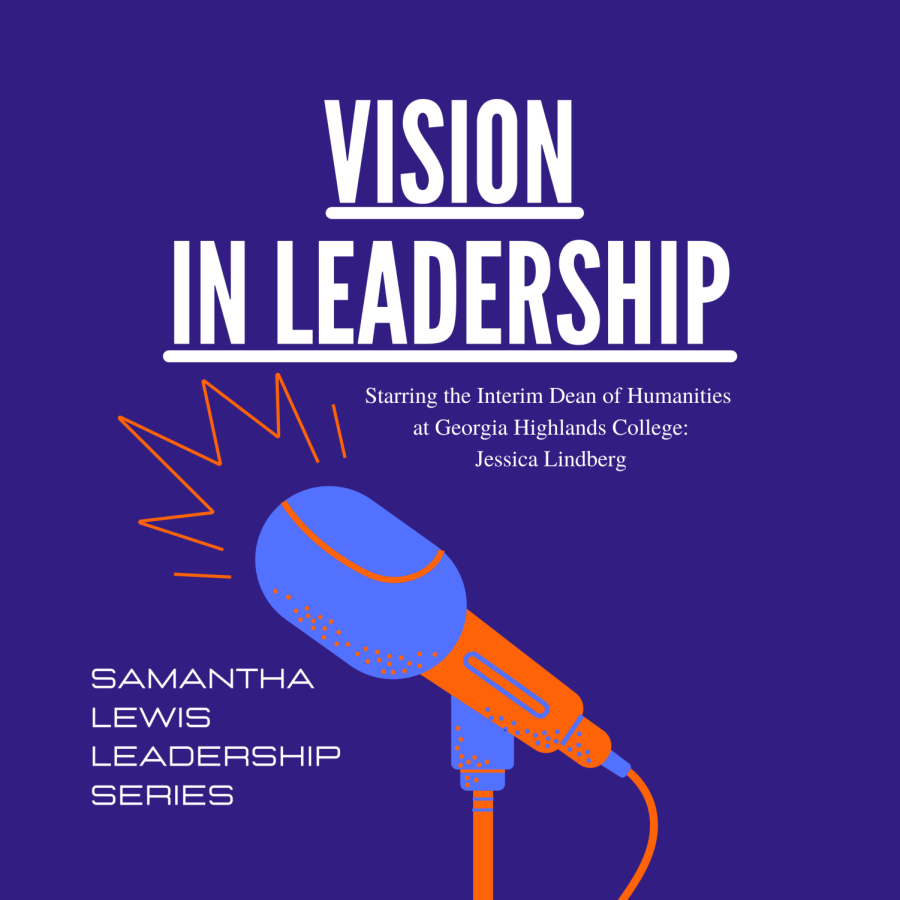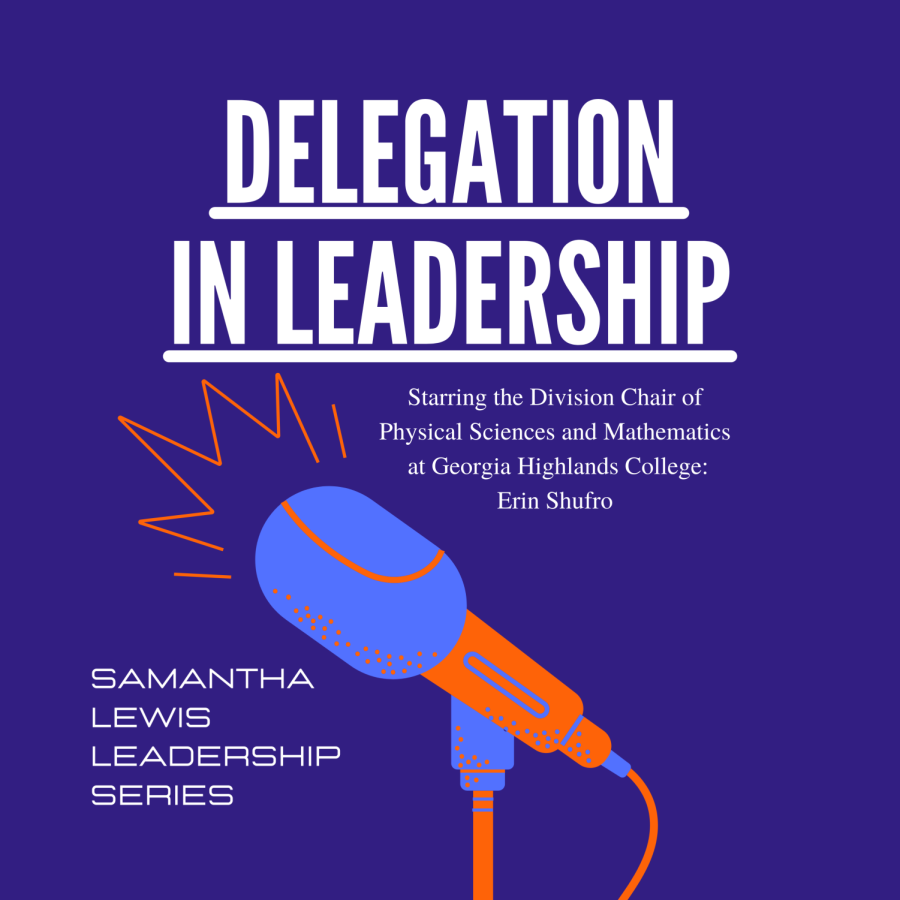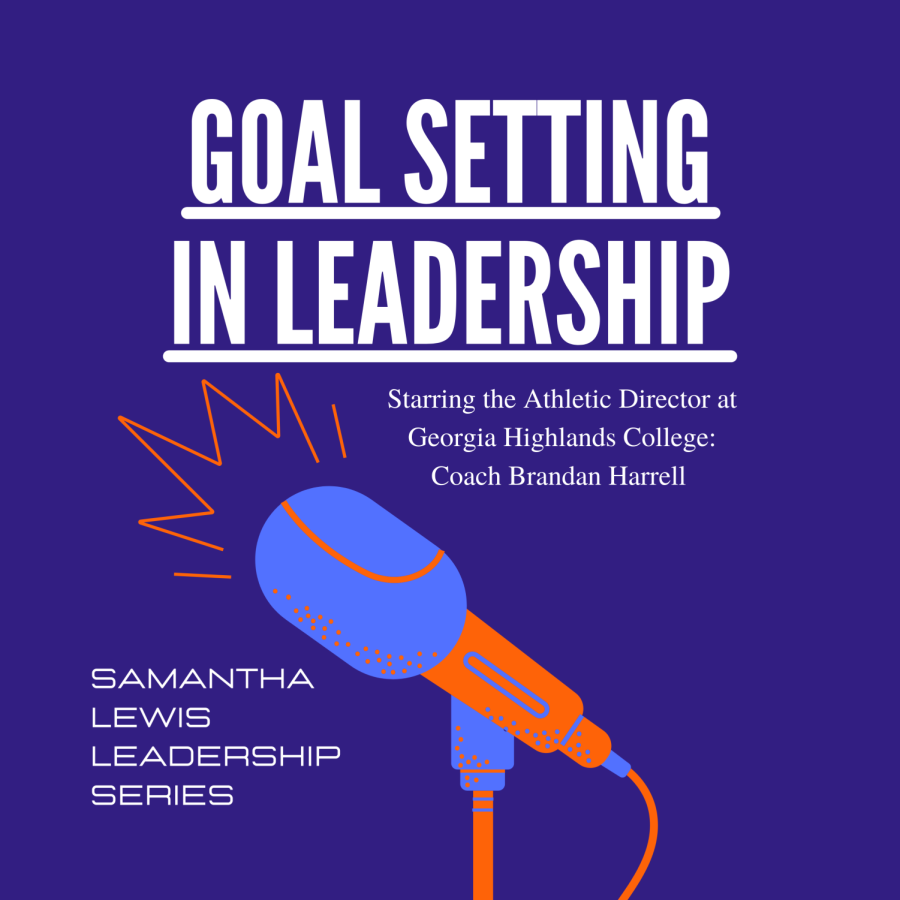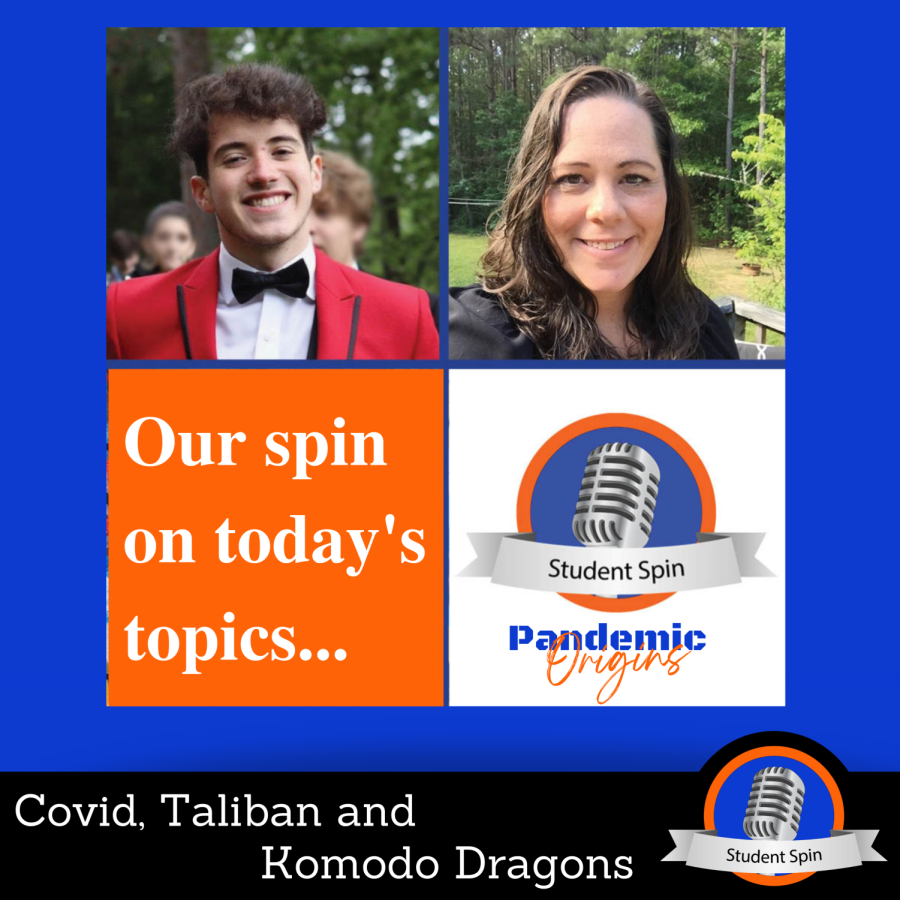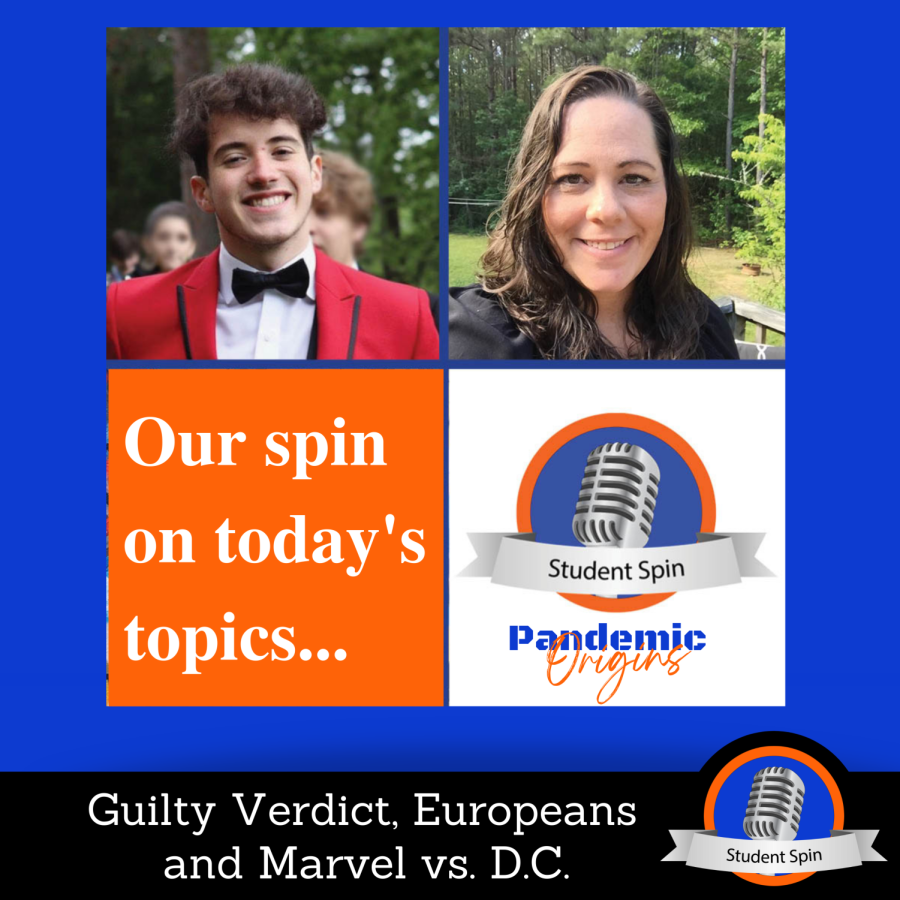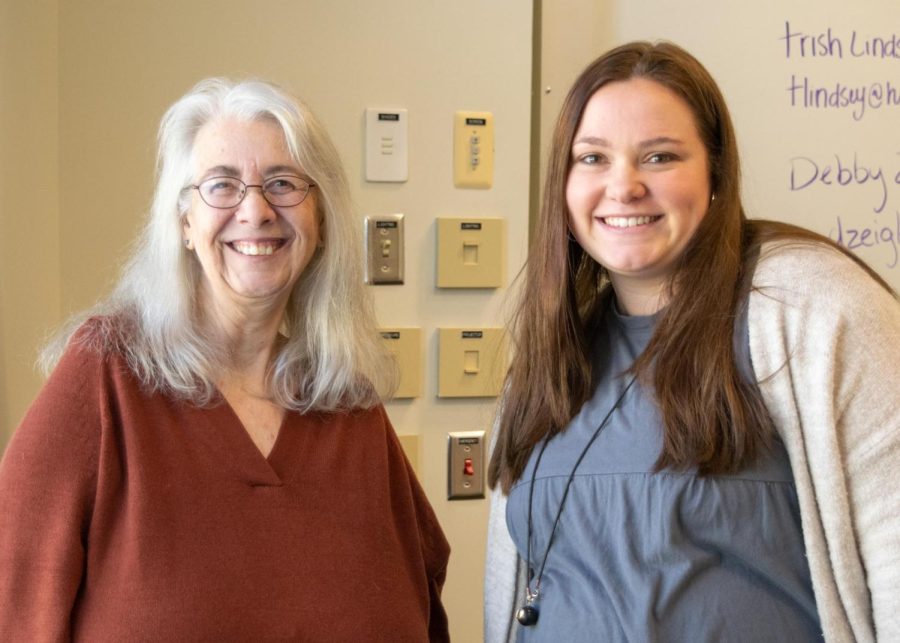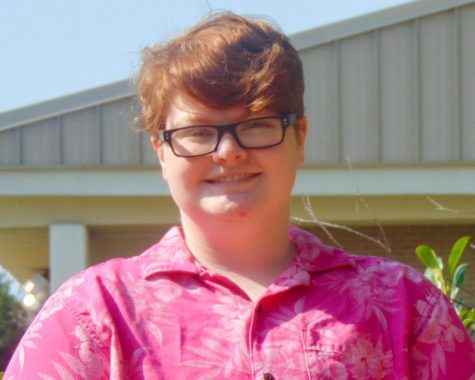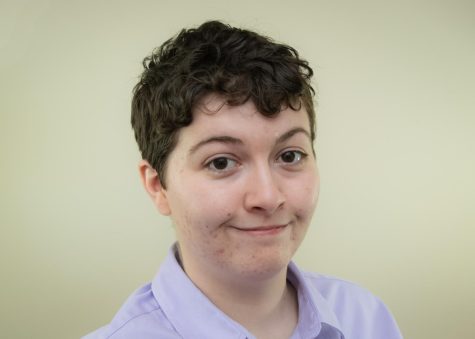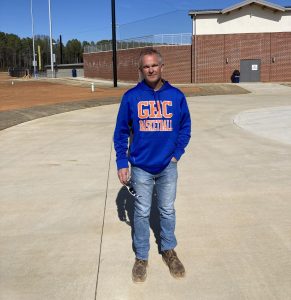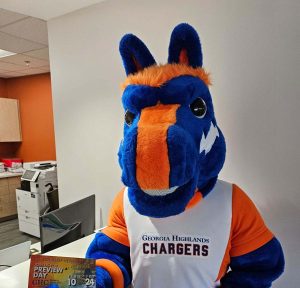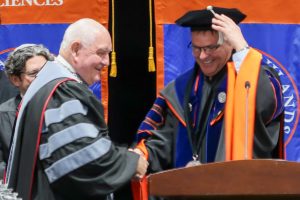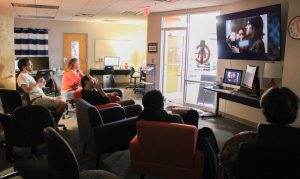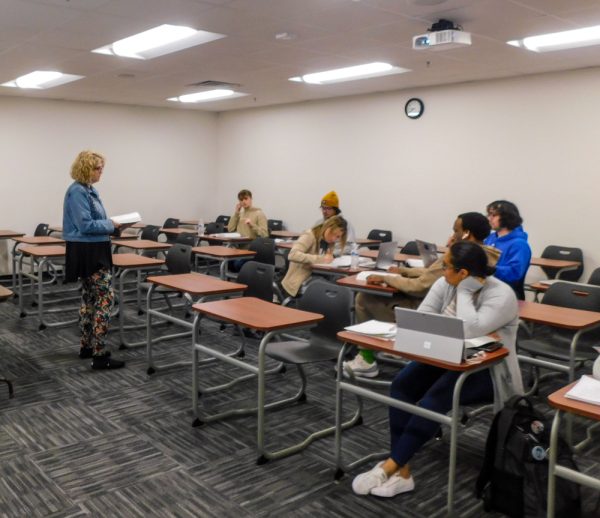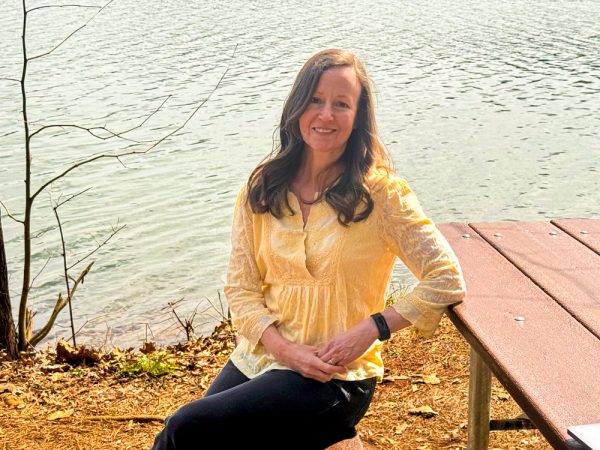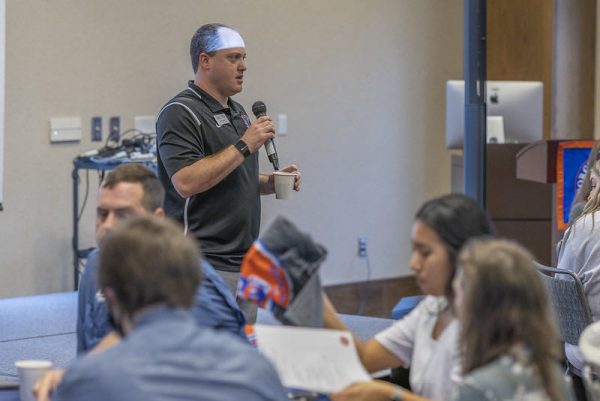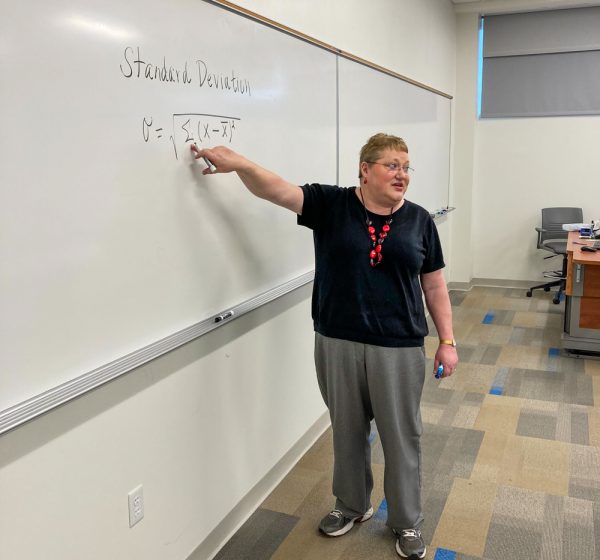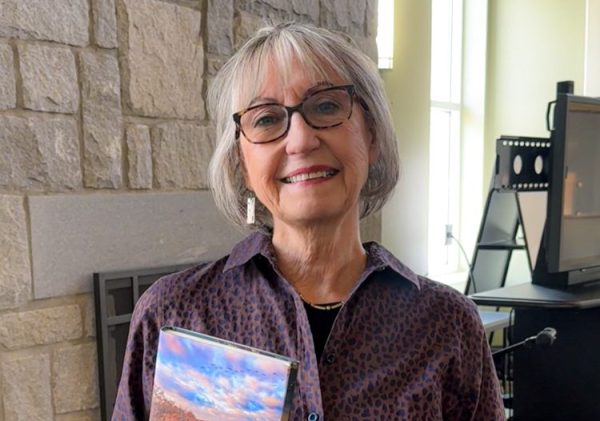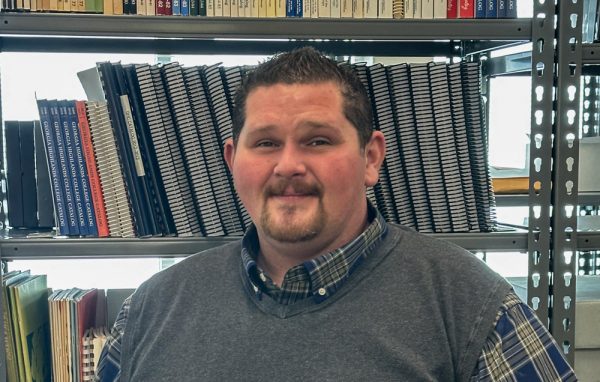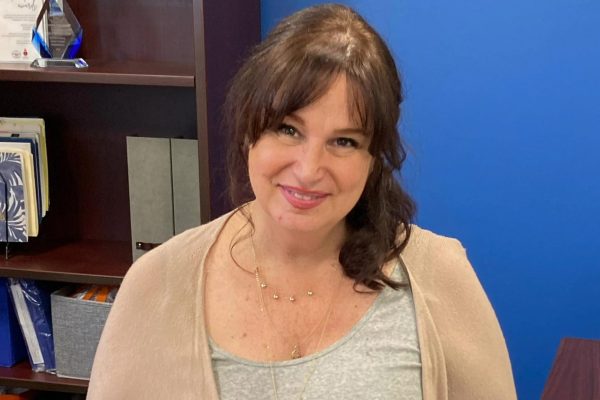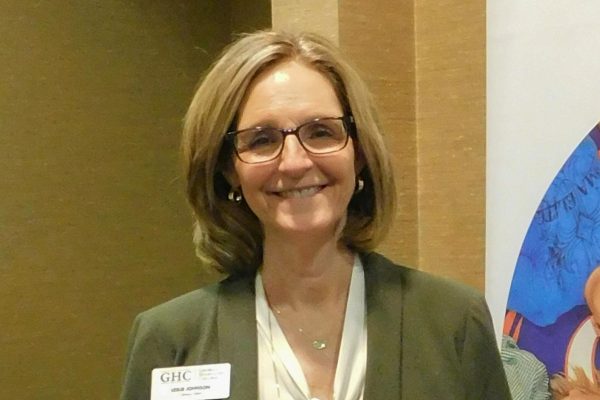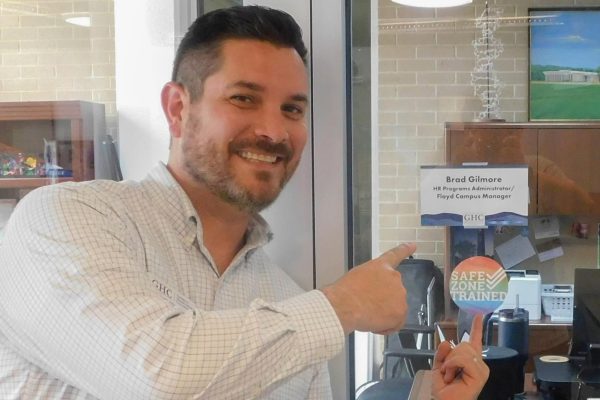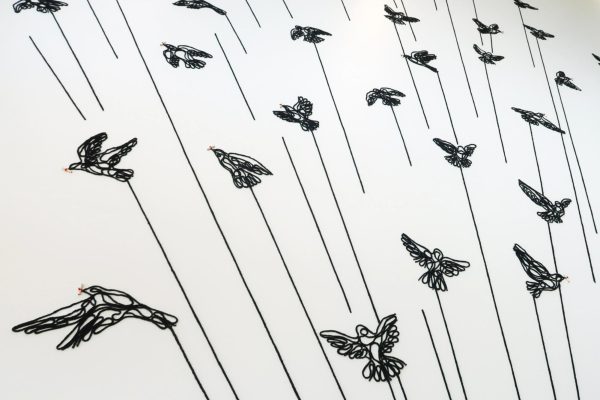‘Deaf’ is not a bad word: ASL event teaches students deaf etiquette
From left, Information Specialist, Debby Zeigler, has worked at GHC for 29 years and was previously a counselor for the deaf and hard-of-hearing program. Admissions Counselor, Trish Linsdey, is certified in ASL.
November 15, 2021
Students were given hands-on experience with American Sign Language and insight into the deaf community at Student Engagement’s ASL basics event on Oct. 18.
Information Specialist, Debby Zeigler, and Admissions Counselor, Trish Lindsey, led the class of 17 over Zoom and in person. Rebecca Cowan-Story translated for Zeigler, who was born deaf and uses ASL to communicate.
Lindsey and Zeigler used a slide presentation to teach the attendees how to sign the alphabet, colors, basic greetings and questions. The audience was encouraged to follow along to practice.
“I learned how to sign an entire sentence,” said Samantha Lewis, Cartersville student, “I was able to say it to our host and it genuinely made me happy.”
The event included a conversation about etiquette for communicating with those who are deaf.
“Speak directly and clearly,” said Lindsey, “Don’t feel like you’ve got to talk any slower. Definitely don’t speak up. Just keep talking normally.”
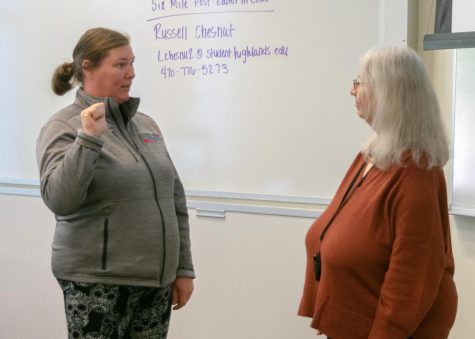
Lindsey said that even if there is an interpreter present, the speaker should still face and speak directly to the person they are communicating with.
Lindsey emphasized that using facial expressions when speaking to deaf individuals helps to convey meaning when signing.
“For example,” said Lindsey, “if I’m telling you I’m really upset about something, I’m not going to sit here and have a smile on my face, right? I’m going to look really upset about it, or I’m going to look really confused, or whatever that emotion is. You’re matching that with your face.”
The presentation included a list of do’s and don’ts to follow when communicating with deaf individuals.
“Number one: ‘Deaf’ is not a bad word,” said Lindsey, “One of the things that is important to know is it’s not a hearing impairment for them.”
Zeigler said “the term ‘hearing impairment’ itself really is offensive today to many people. It is very offensive to me.”
Terminology like “hearing impaired,” “deaf-mute” and “deaf and dumb” can be misleading and harmful when used to describe individuals who are deaf.
“When they say that I’m hearing impaired, I’m like ‘ugh!’” said Zeigler, “It’s almost like . . . If I were to drag my nails on the chalkboard.“
“A lot of people in the deaf community do not look at deafness as an impairment, because there’s nothing that they cannot do,” said Lindsey.
“If she (Zeigler) wants to go sit at a concert, she can go sit at a concert,” said Lindsey, “She drives. She goes to work. She goes and does all of these things we typically would do as just any other person who can hear.”
“So, for her that’s not an impairment. That’s just who she is,” Lindsey said.
An example of a hearing impairment would be if someone who grew up hearing lost their ability to hear.
“I walked away more aware of how to approach someone who is deaf,” said Lewis.
Student Engagement is using the ASL basics event to see if there is interest in an ASL club or certification course in the future.
Lewis says that if the certification course becomes a reality, she will be the first person to sign up for it.
“I would love to be fluent in ASL,” said Lewis, “I would use it to my advantage. I don’t have many friends in my community who are deaf, so I would come at it from a community outreach type of thing. Educating my community and learning from them while I help teach them.”
“I hope they set that up, the ASL club,” said Zeigler, “I think that would be wonderful for everyone. I think it’ll be great for them (students) to learn how to sign, how to communicate with other deaf people.”

